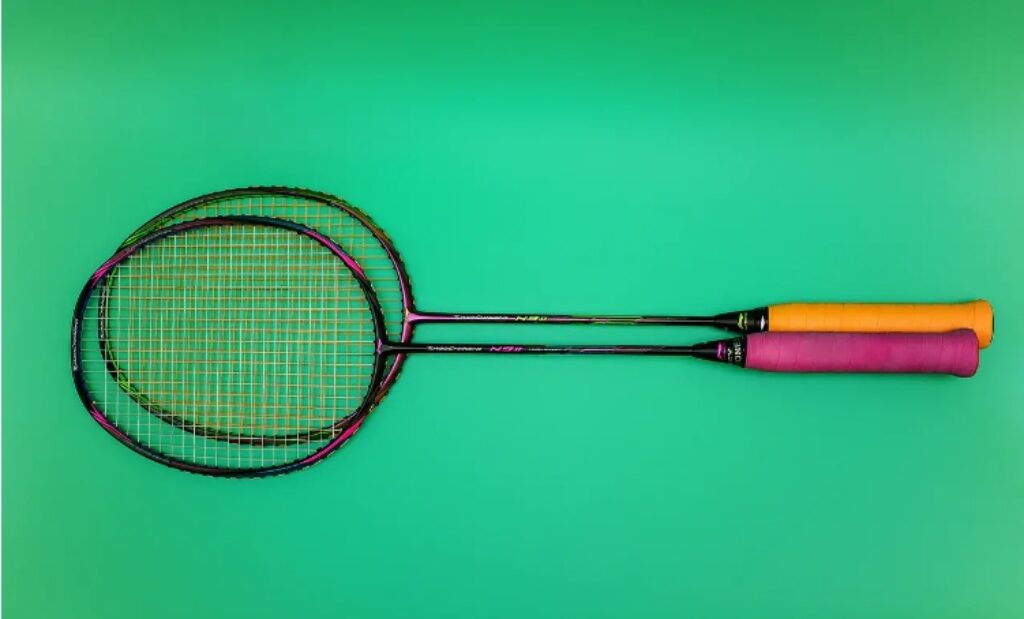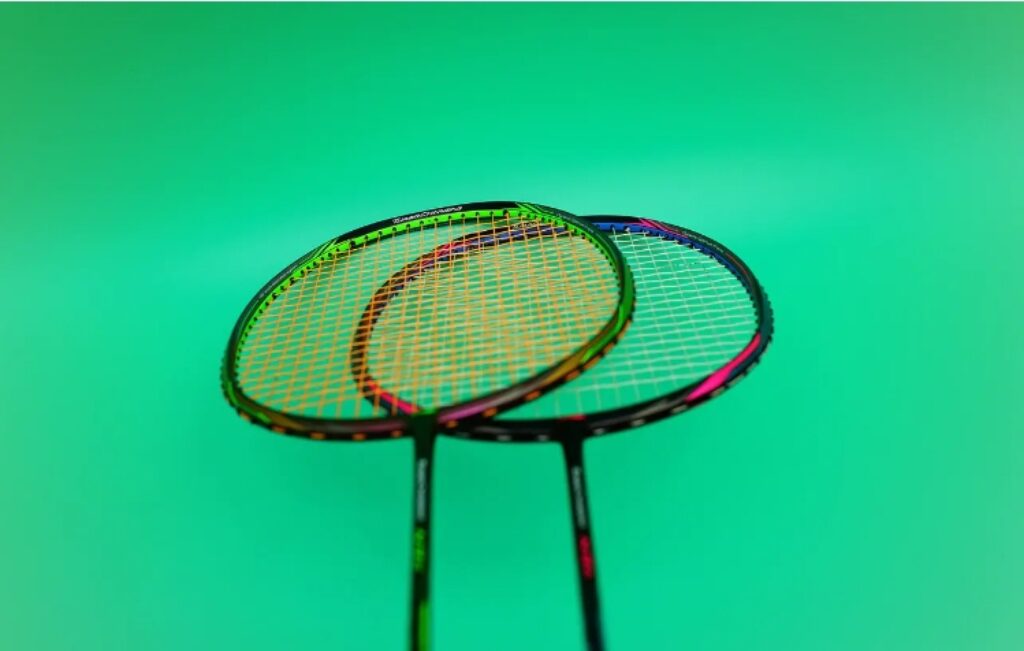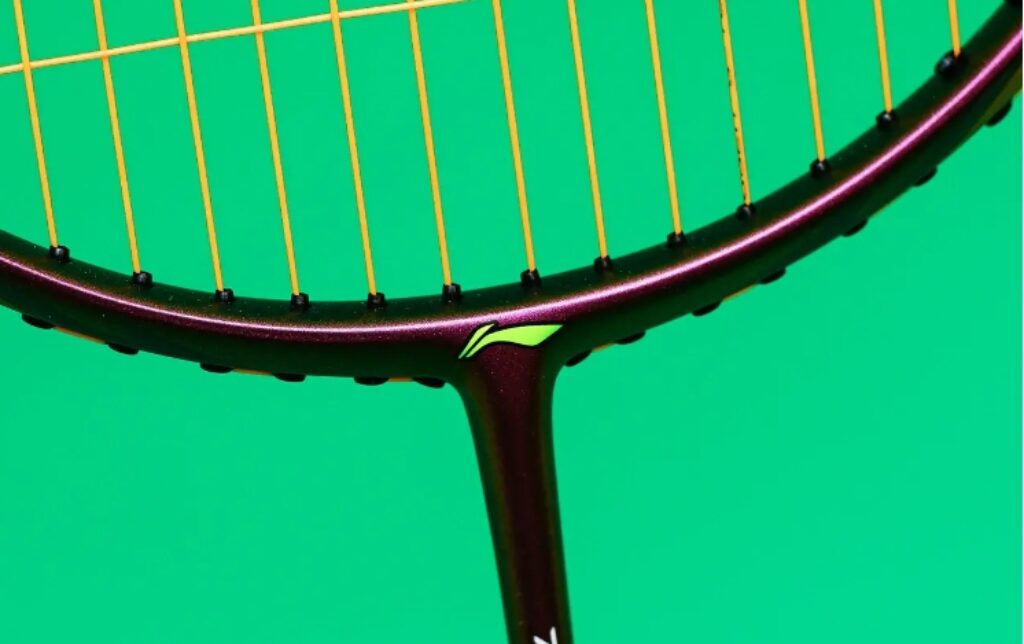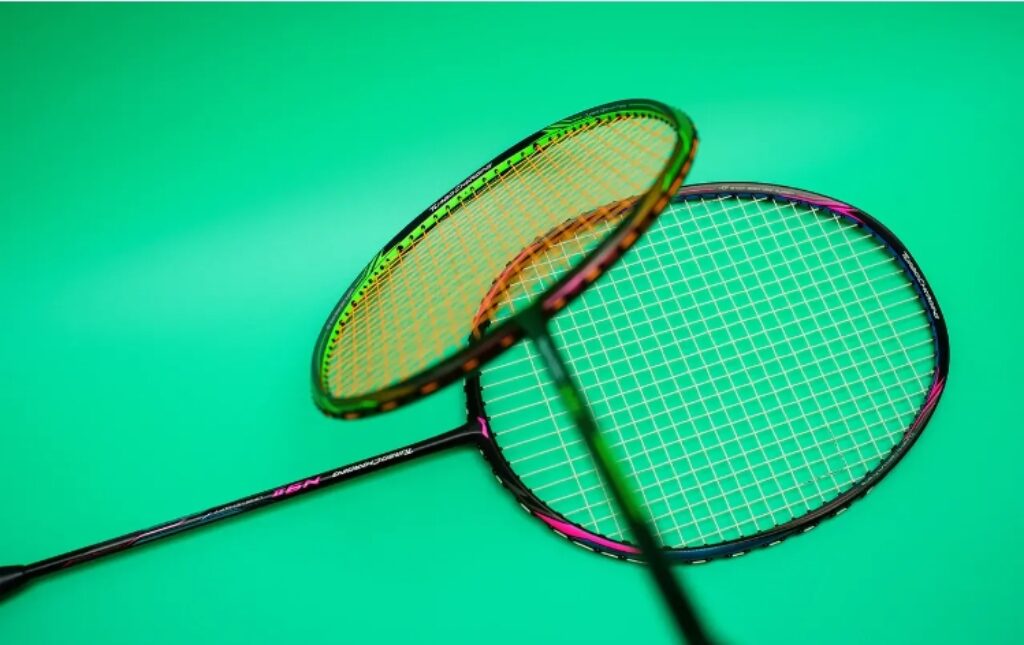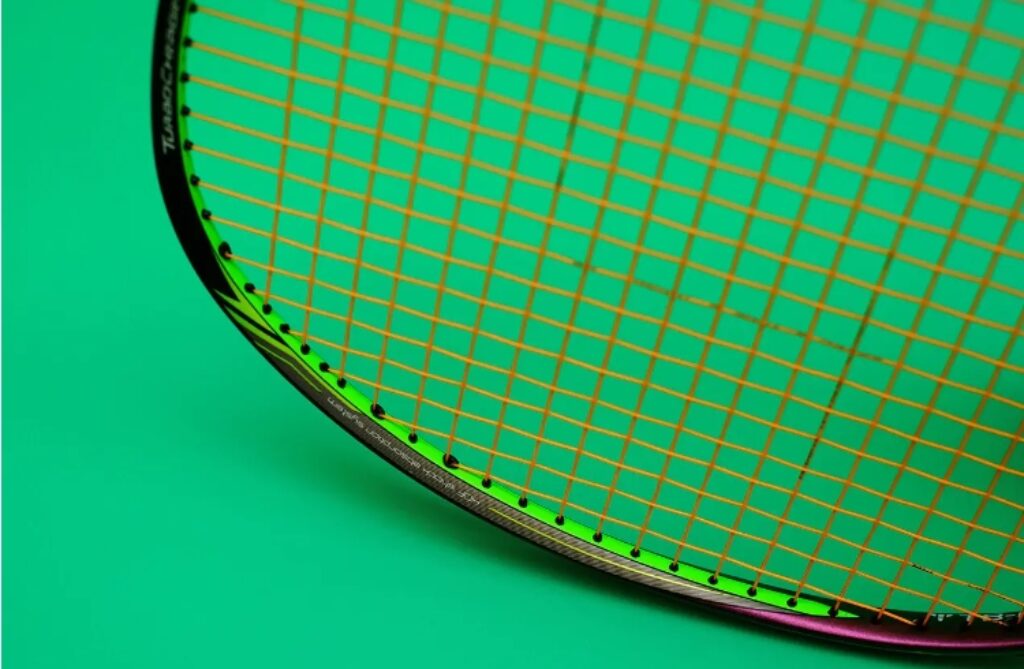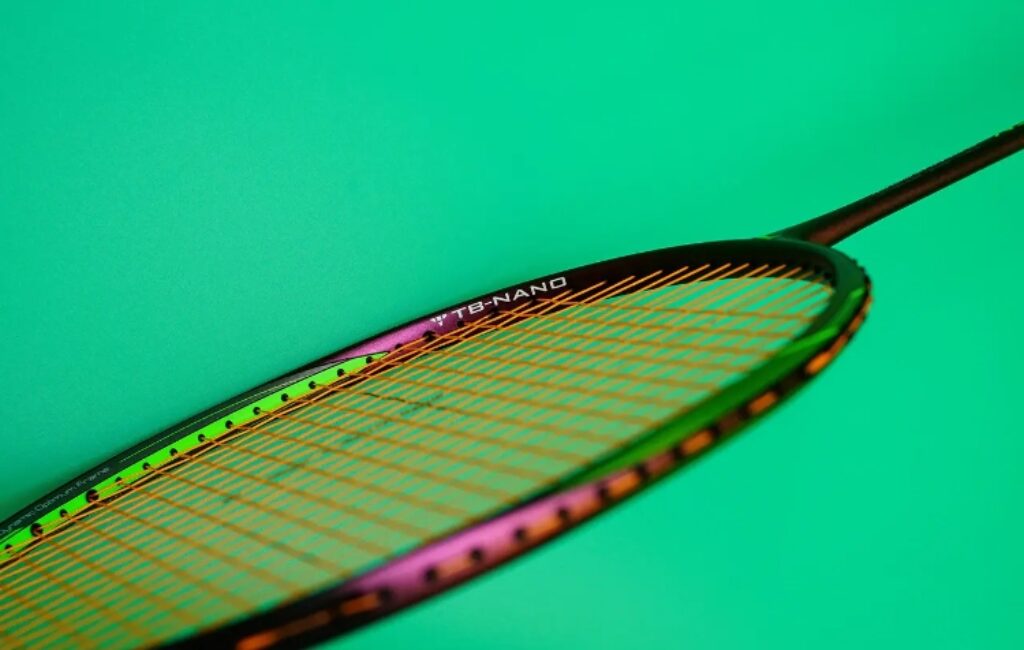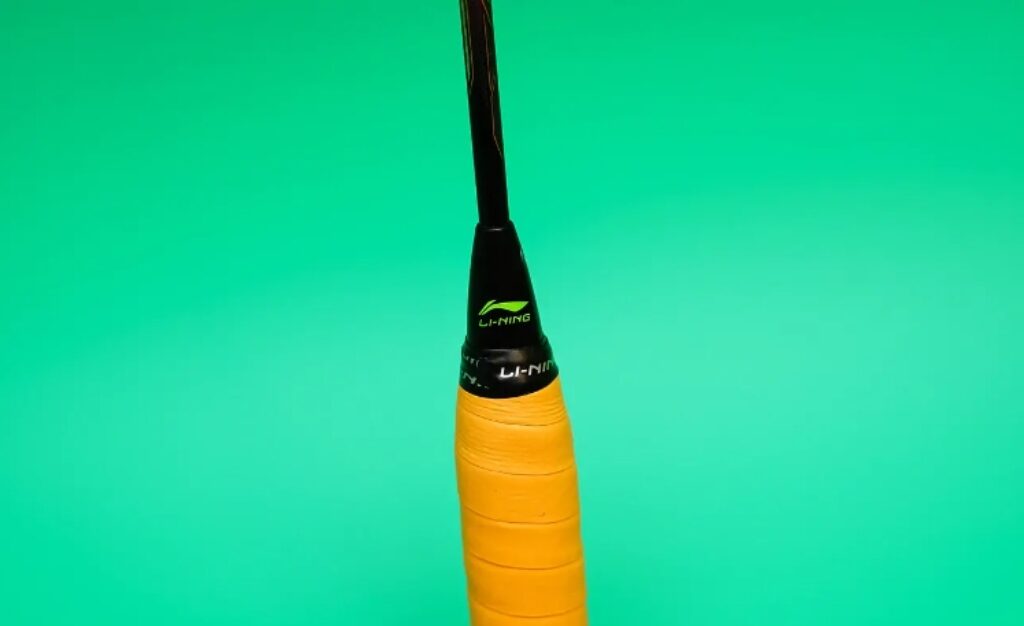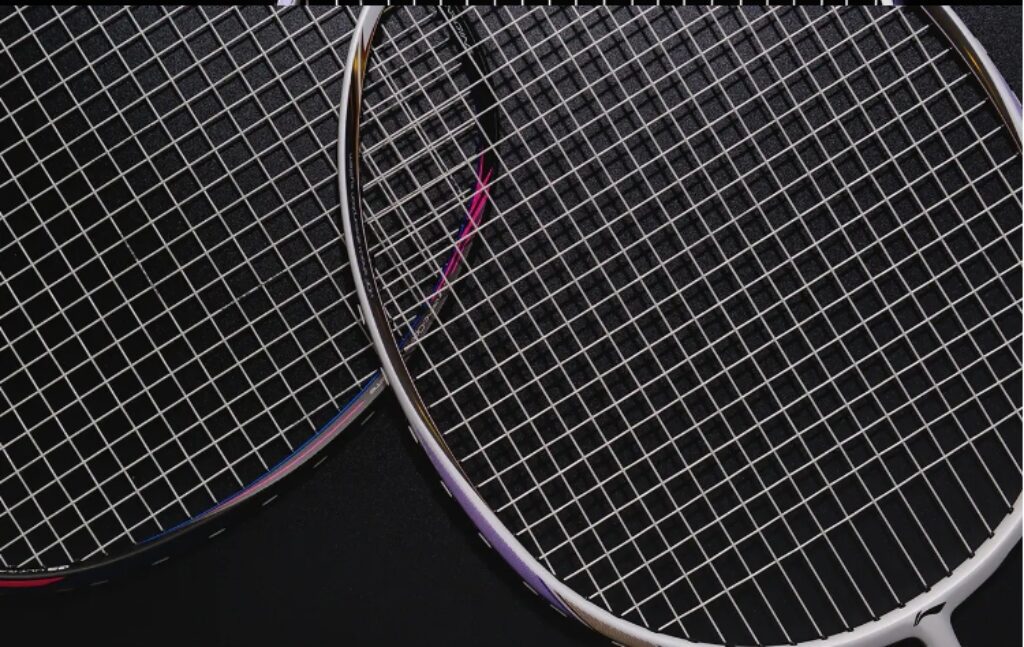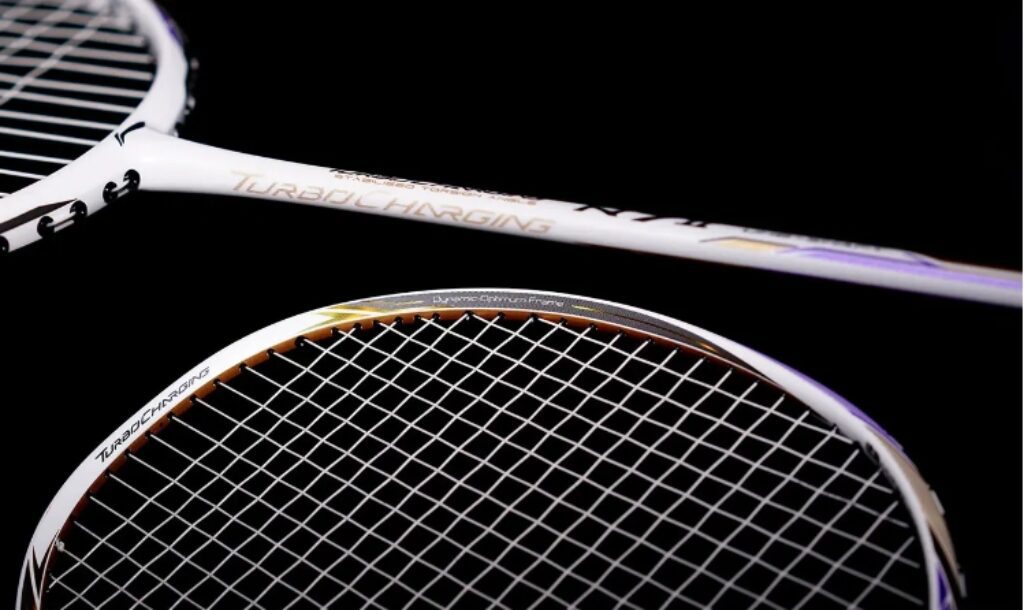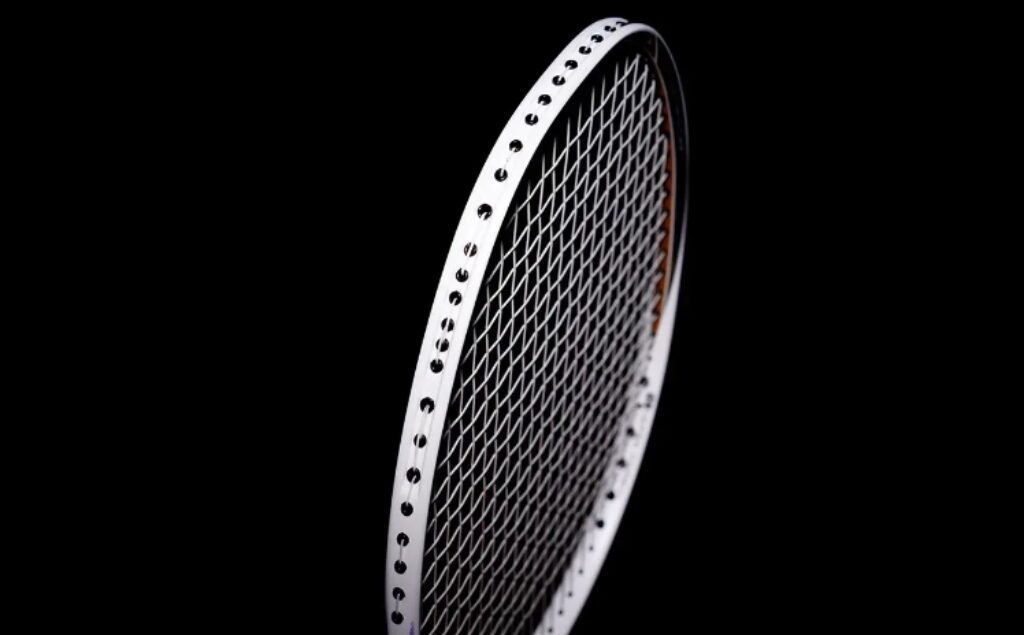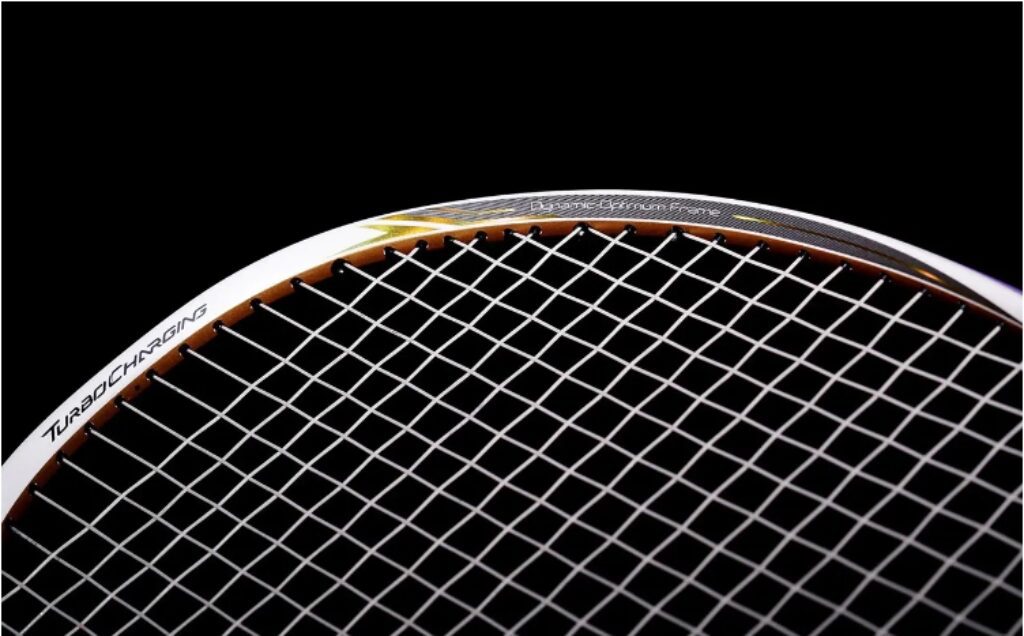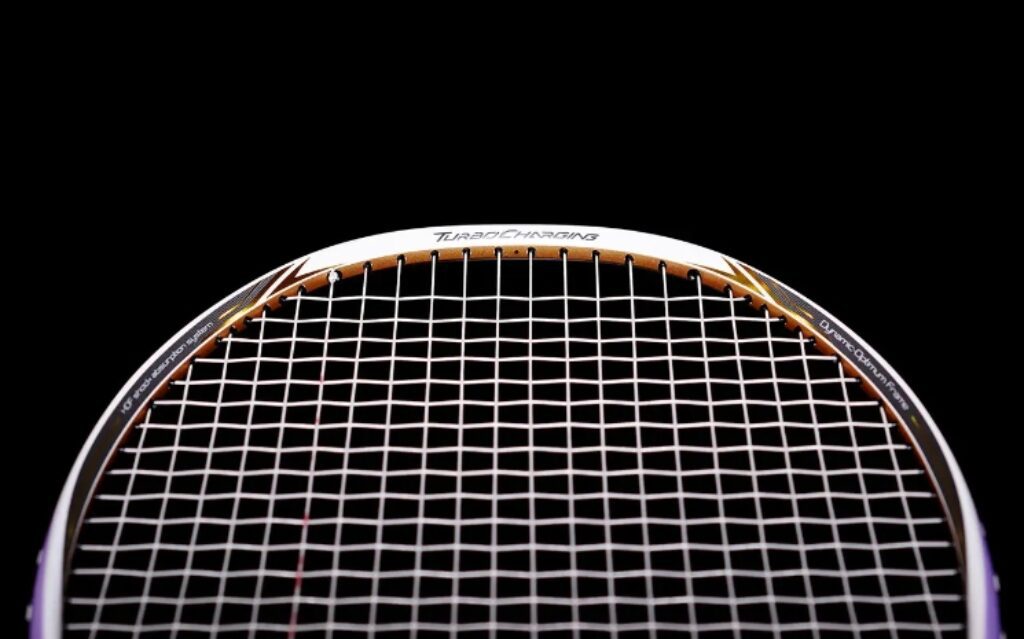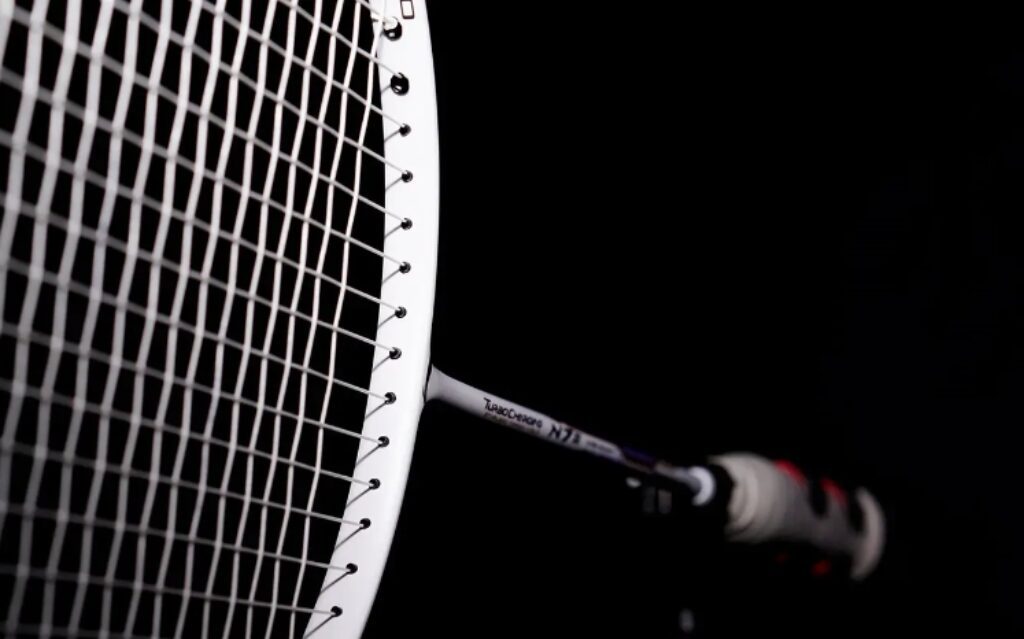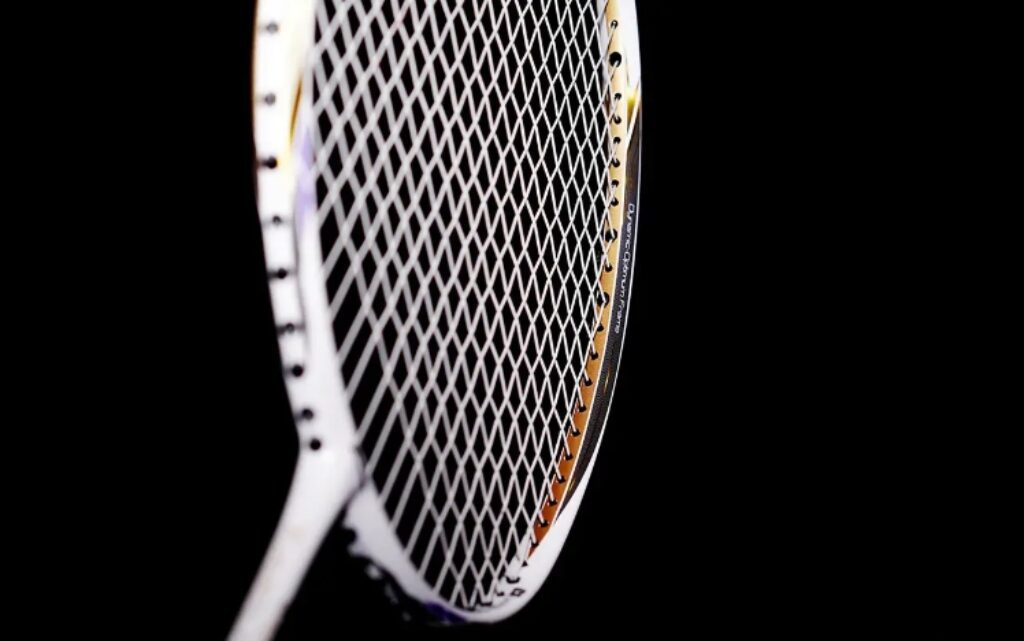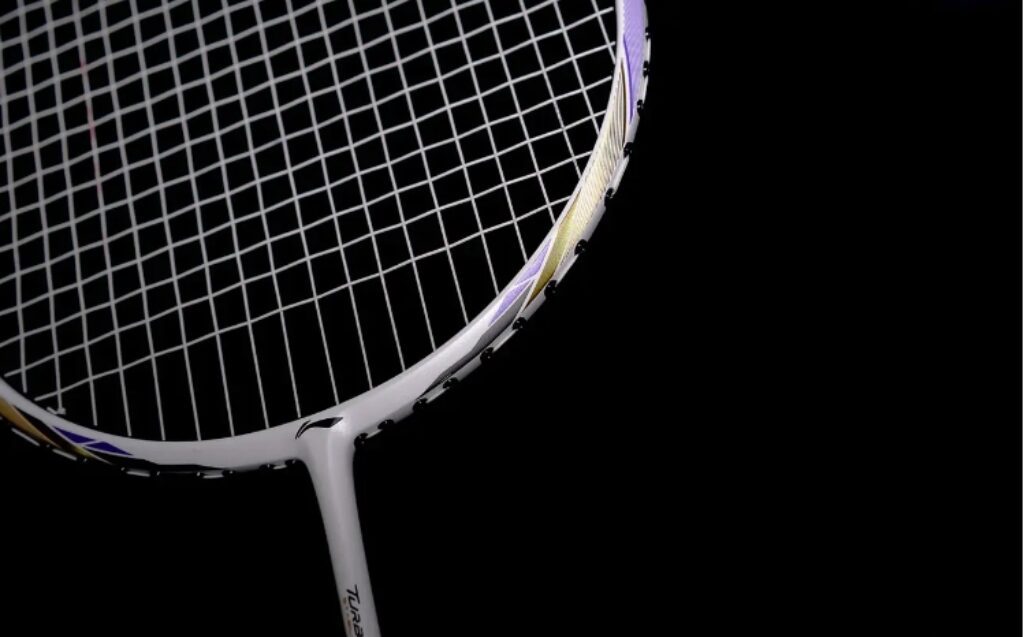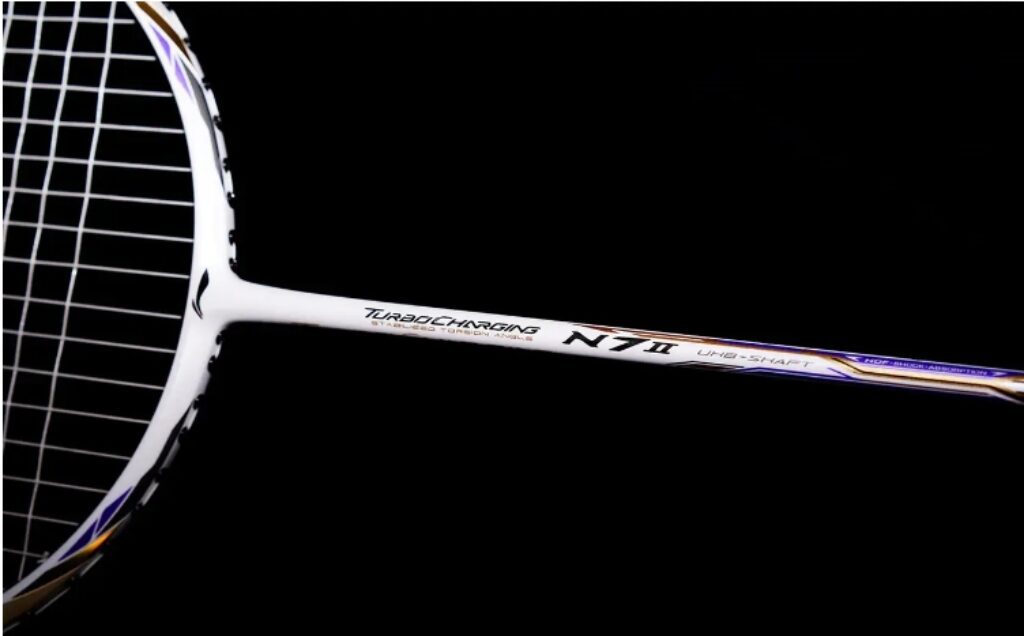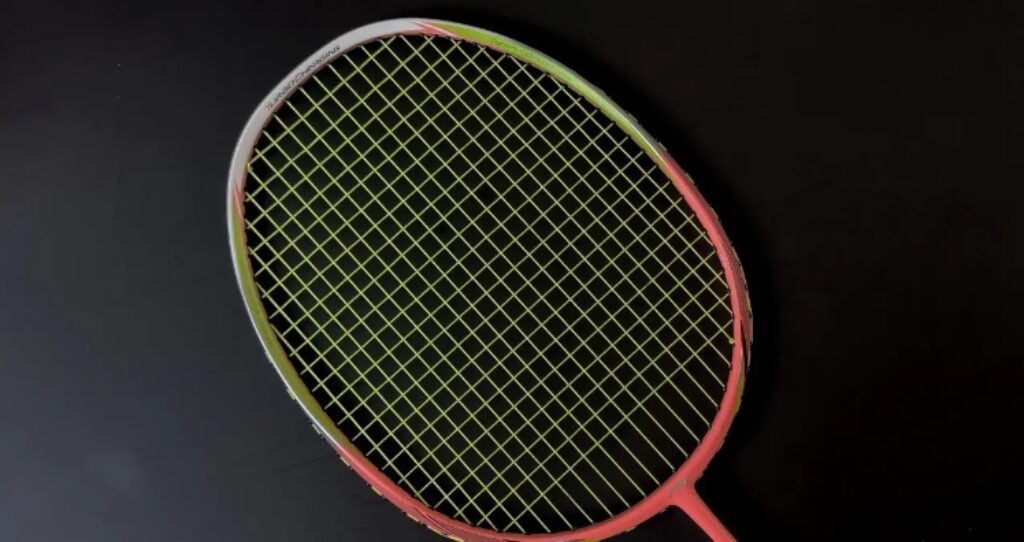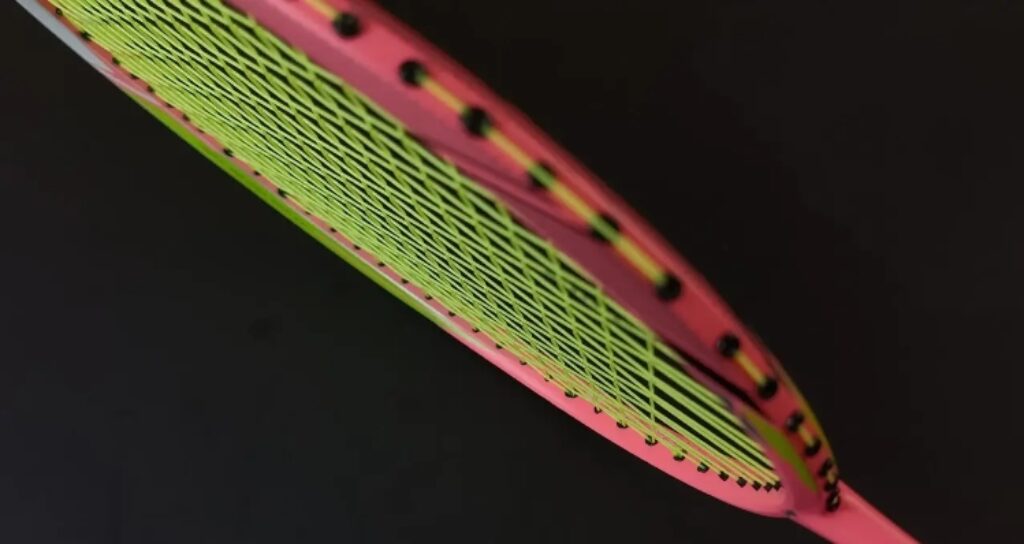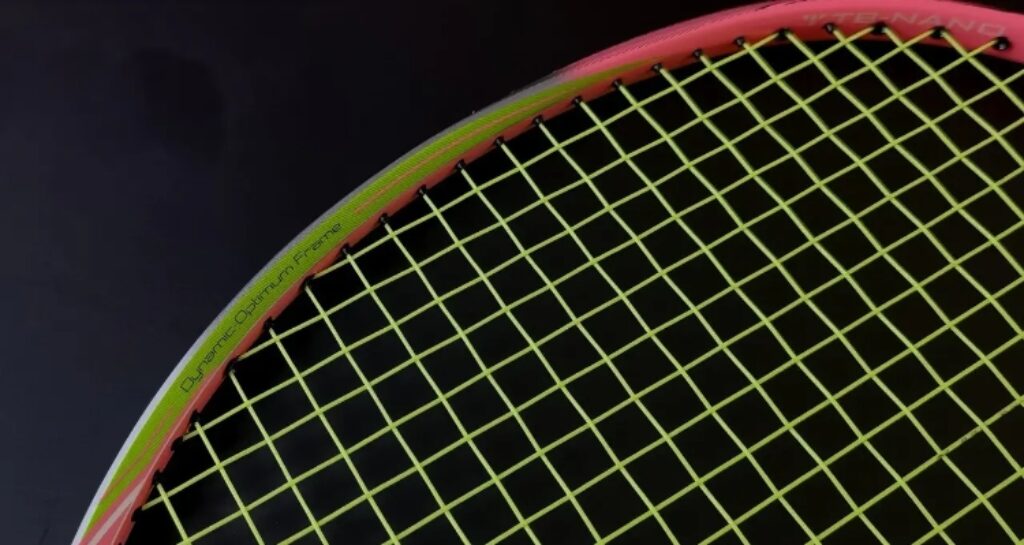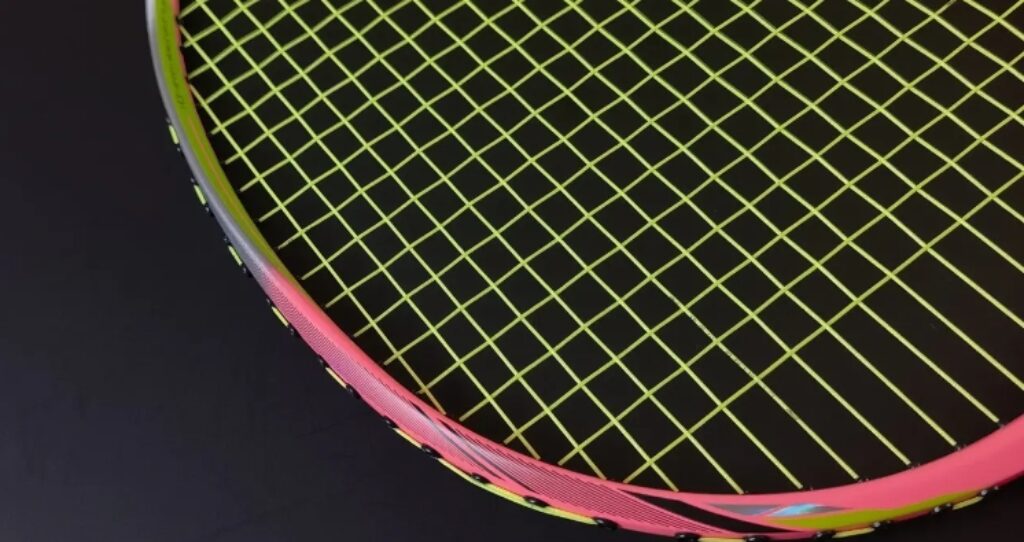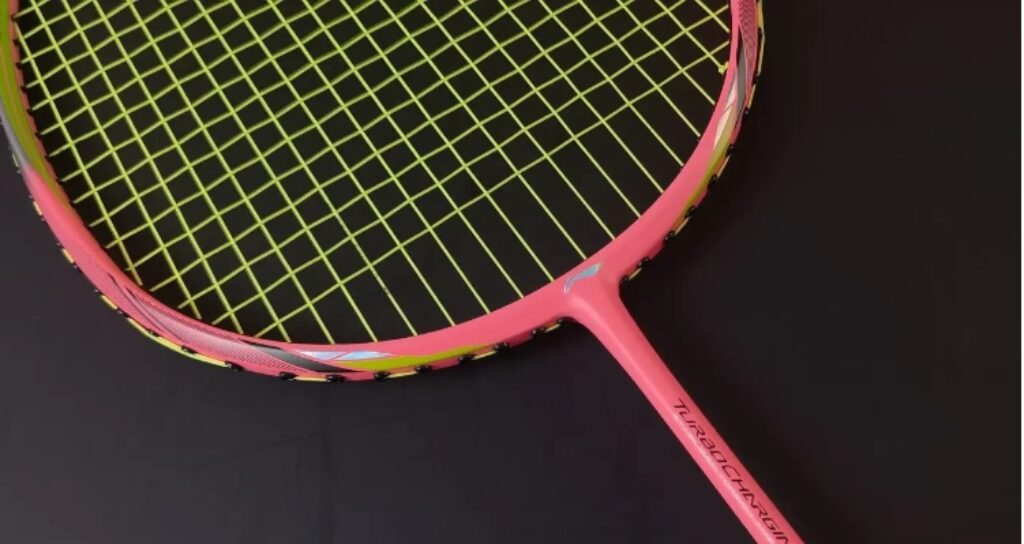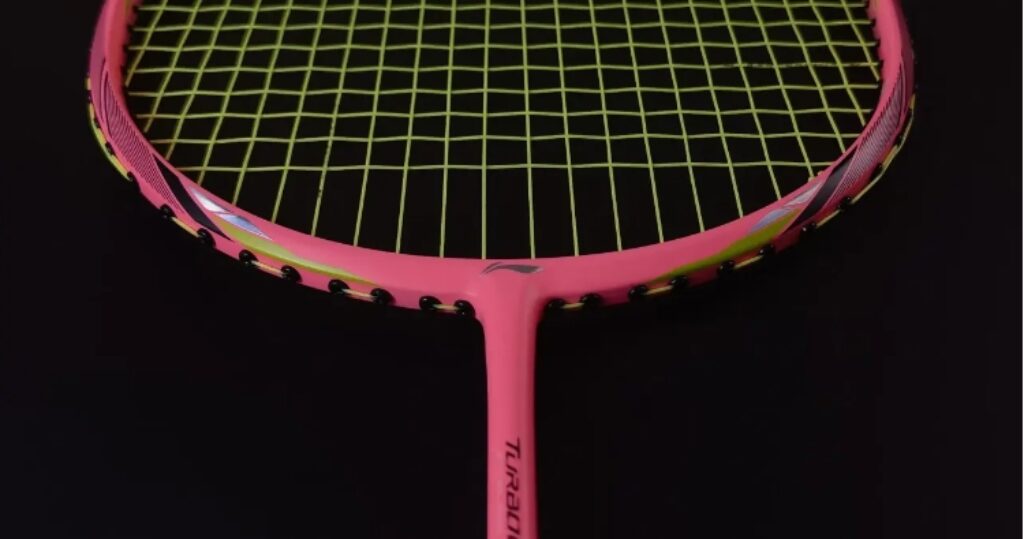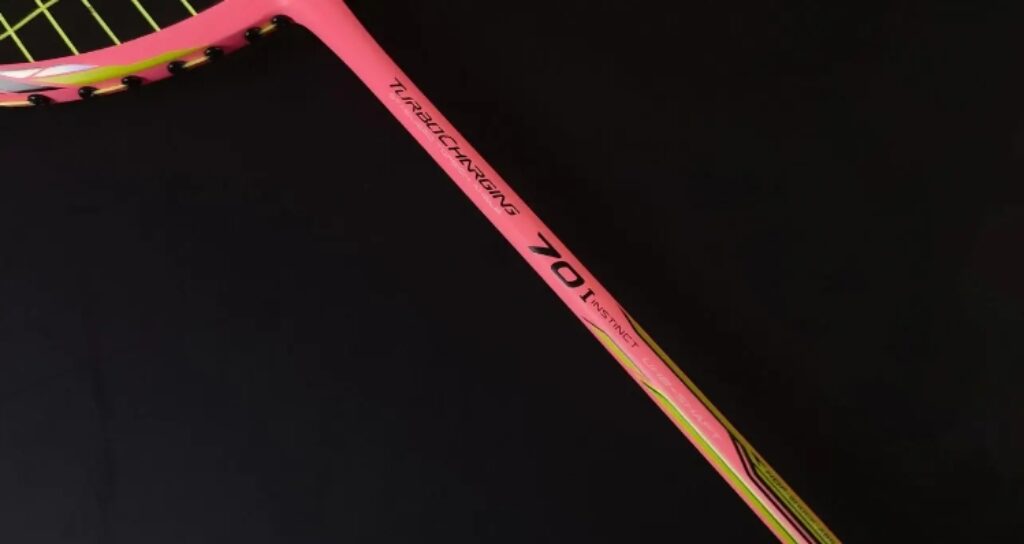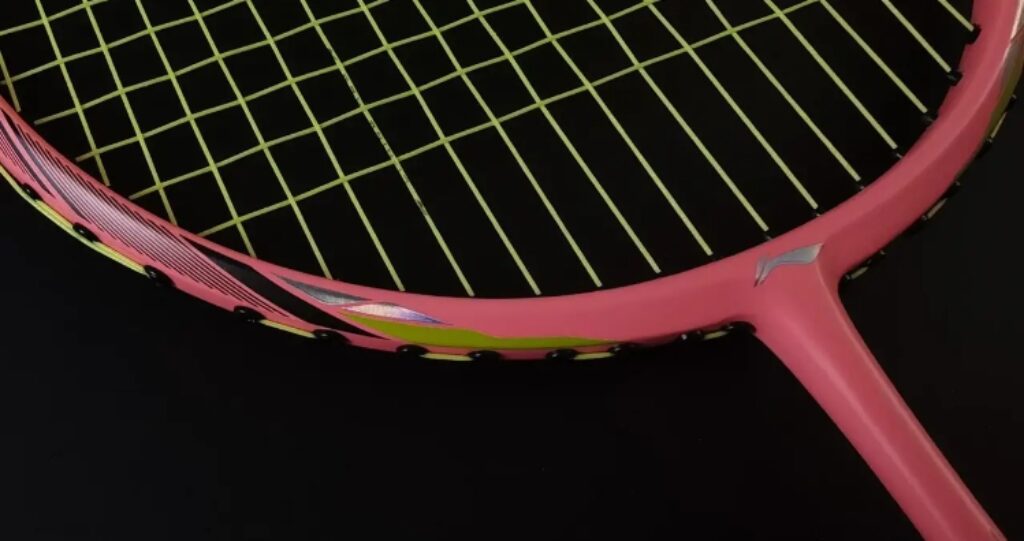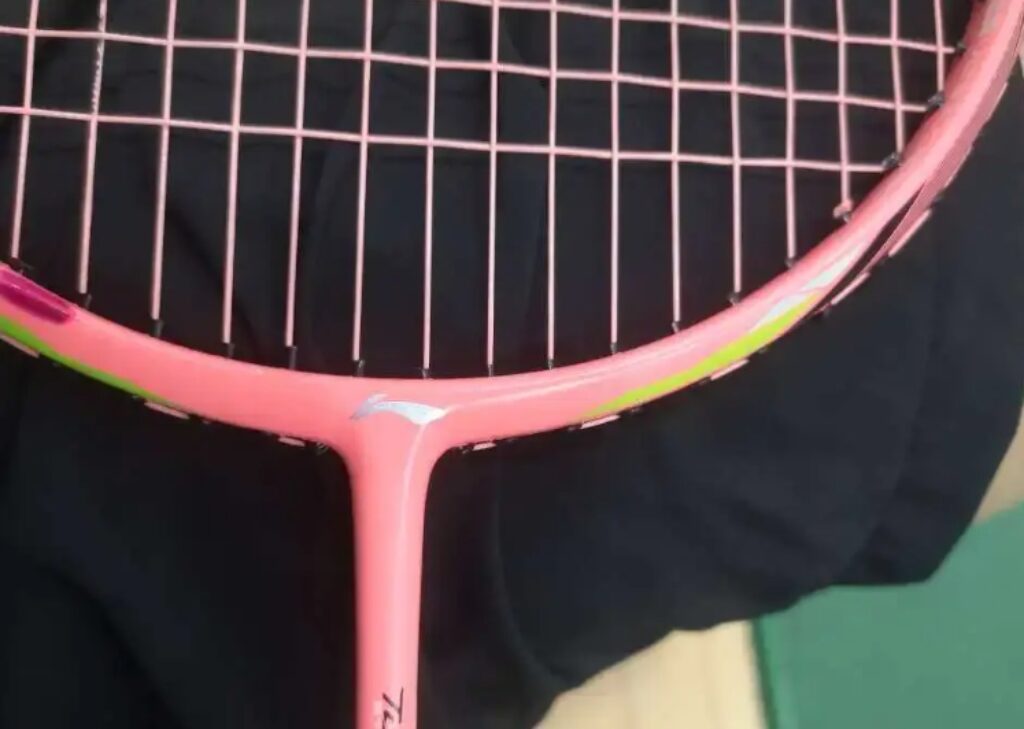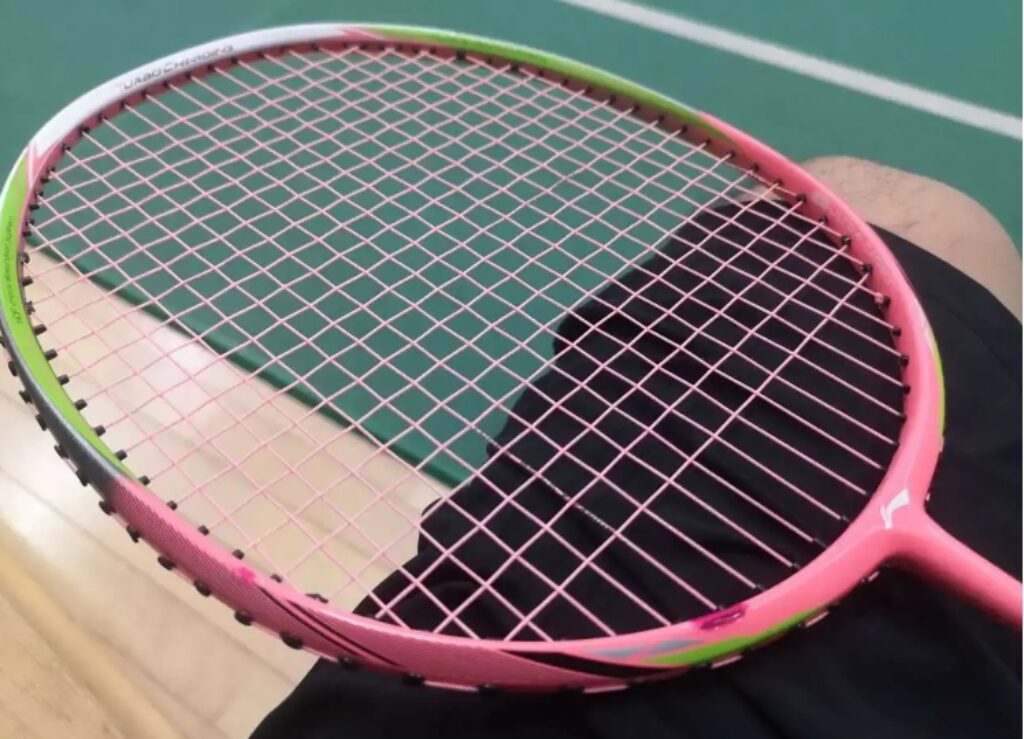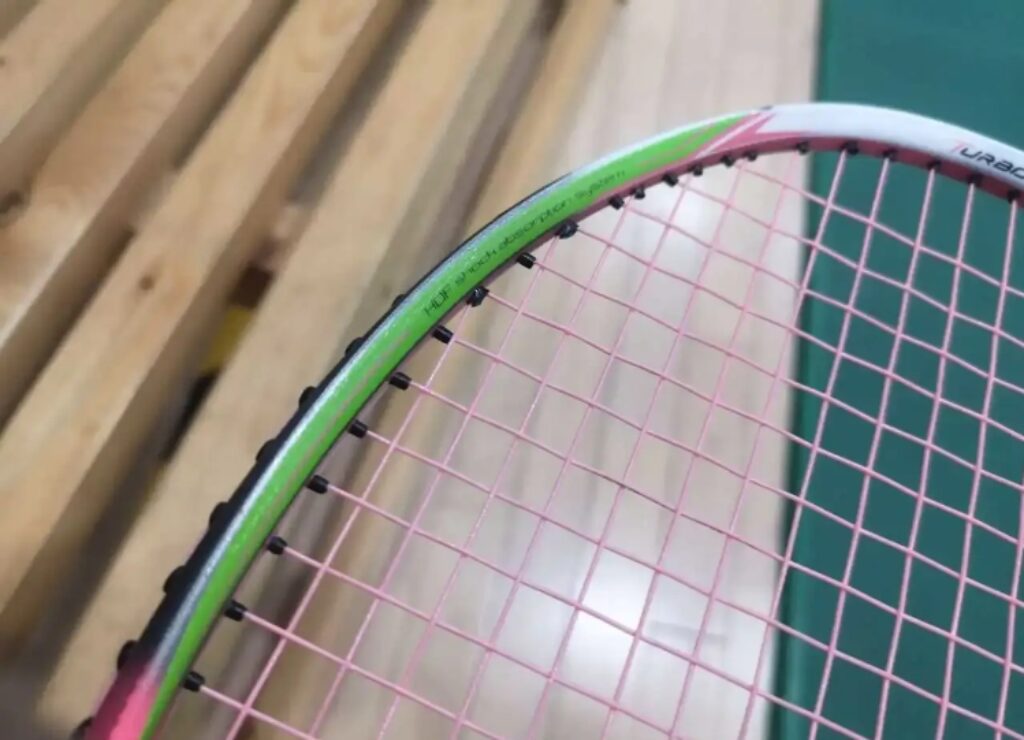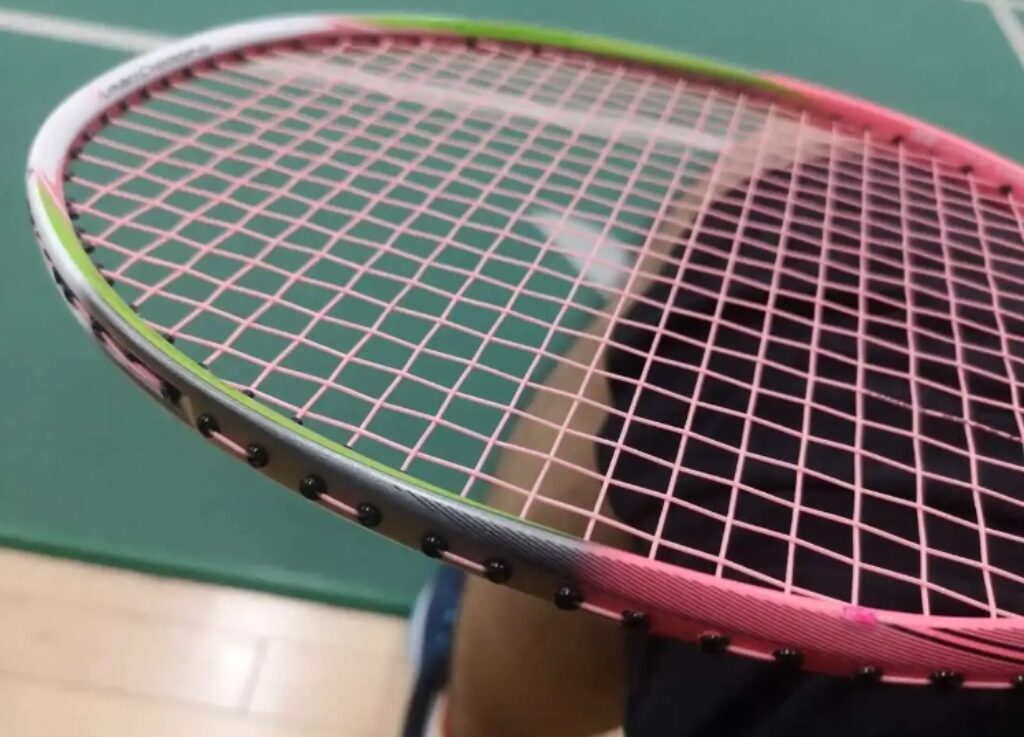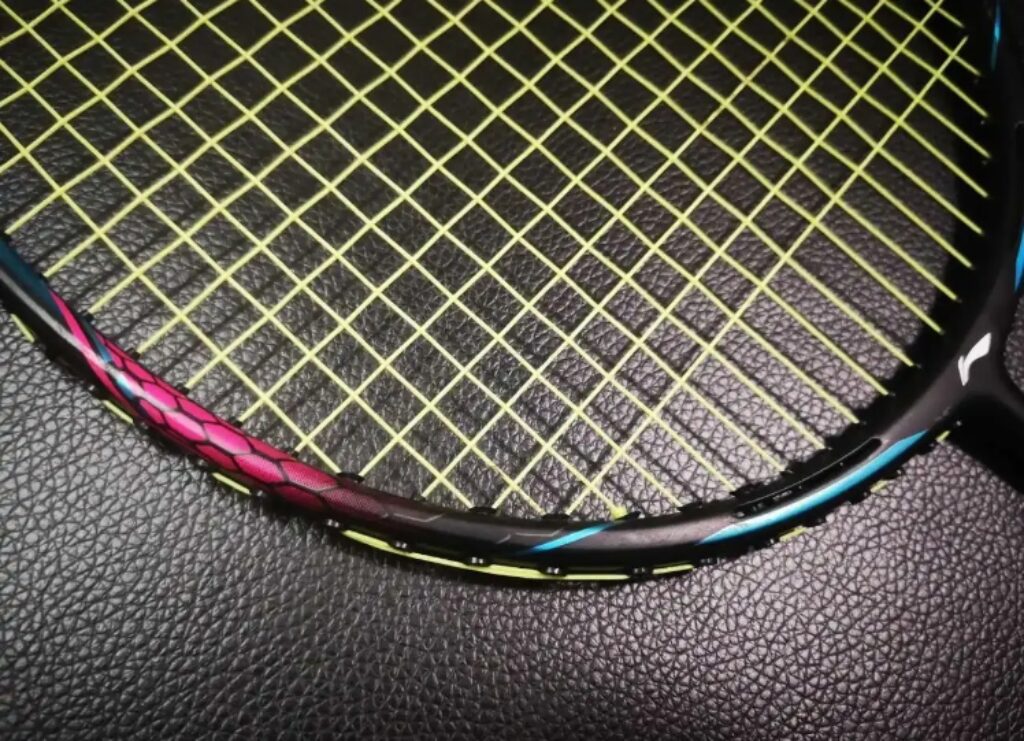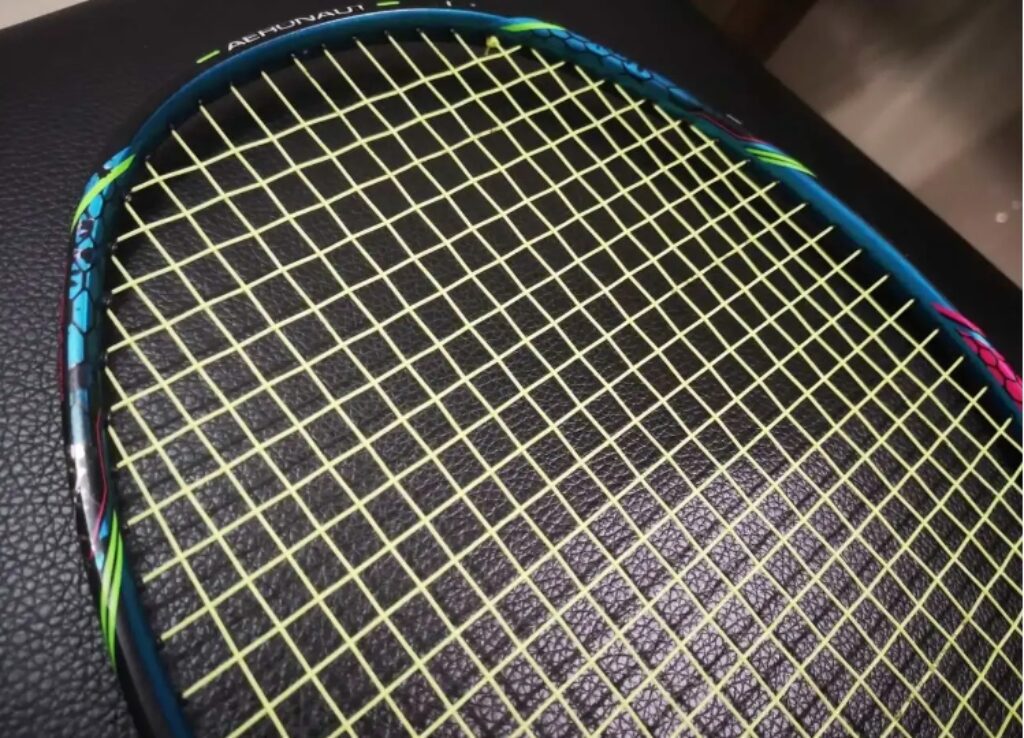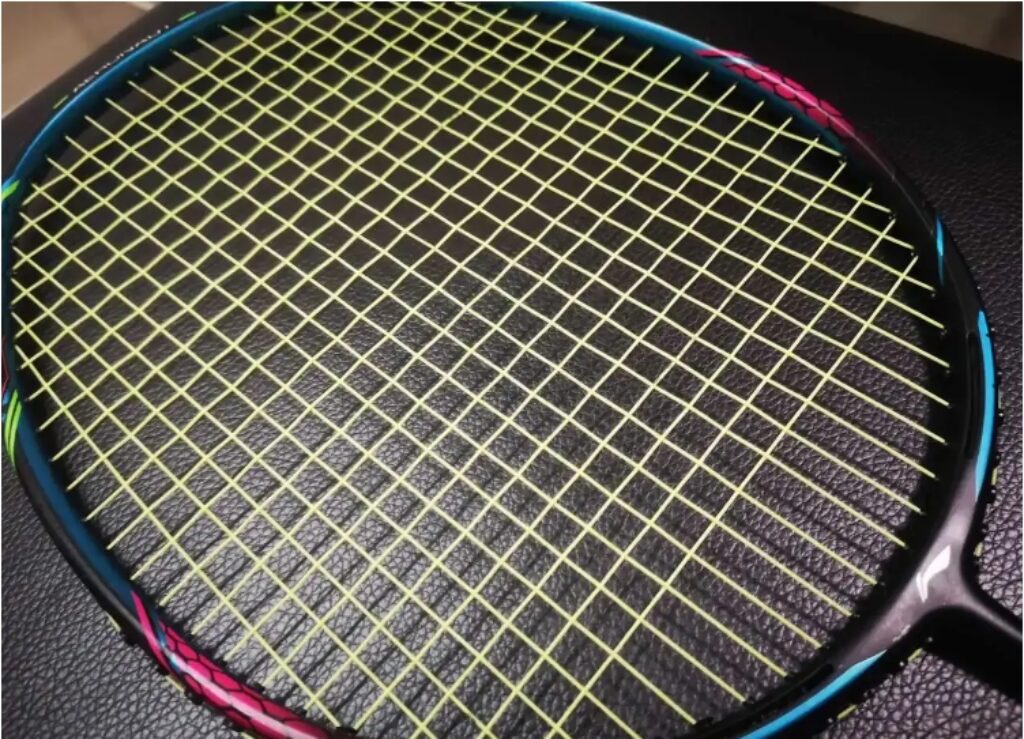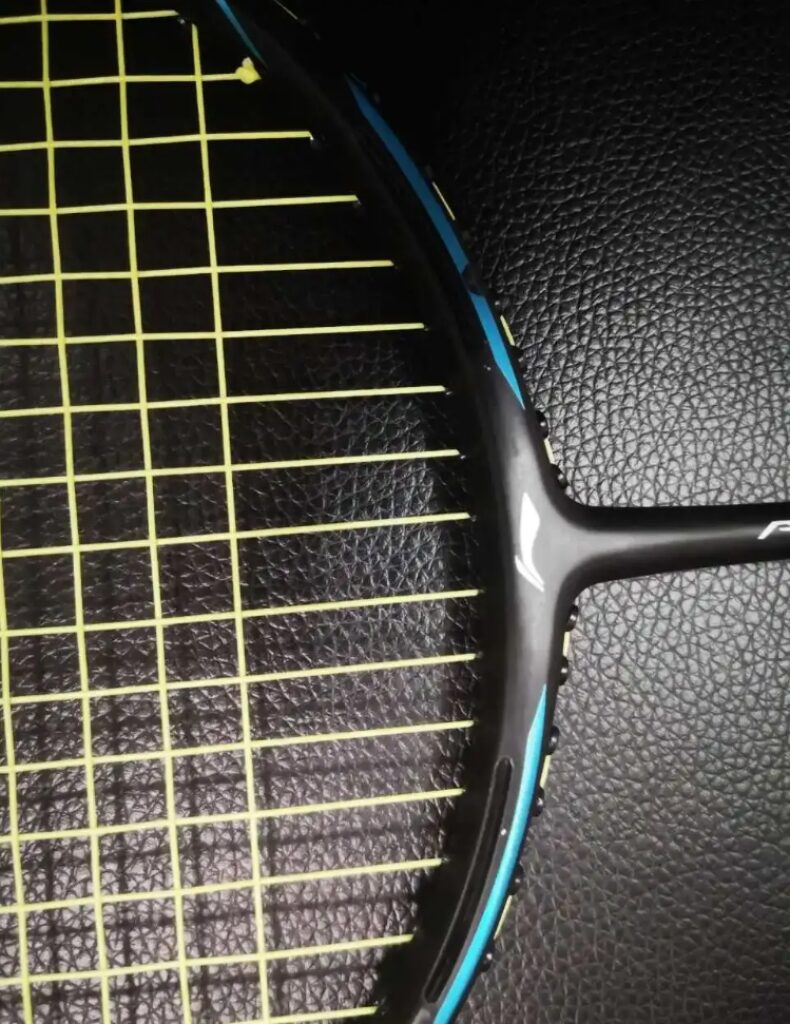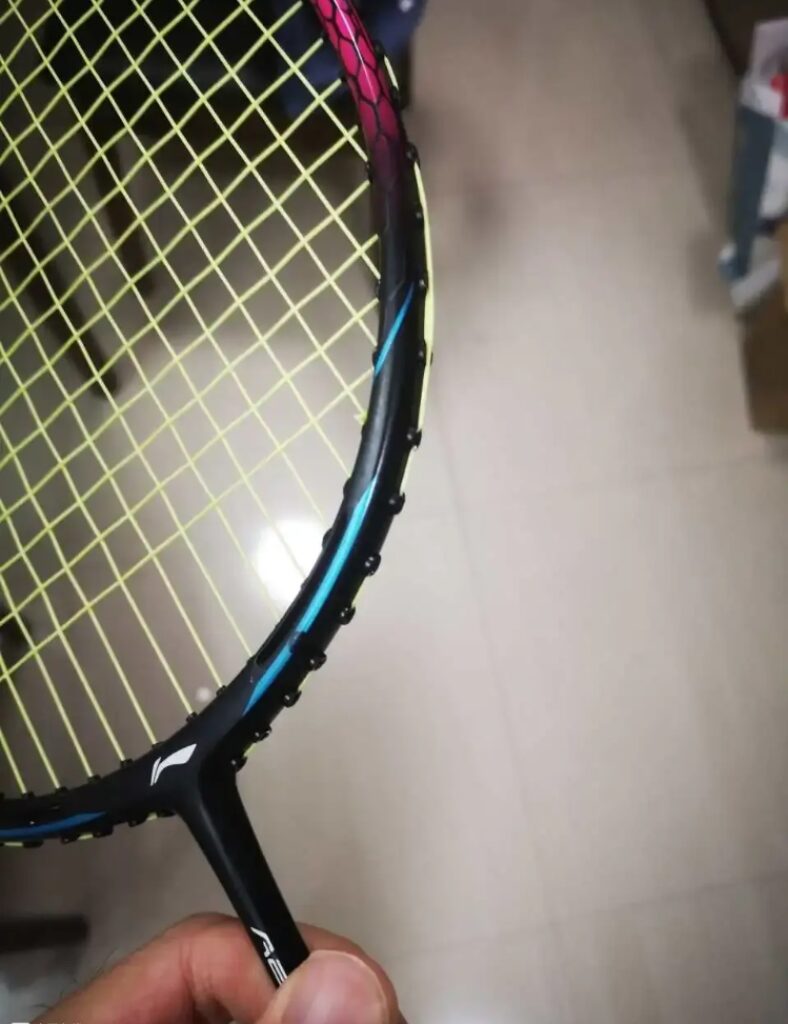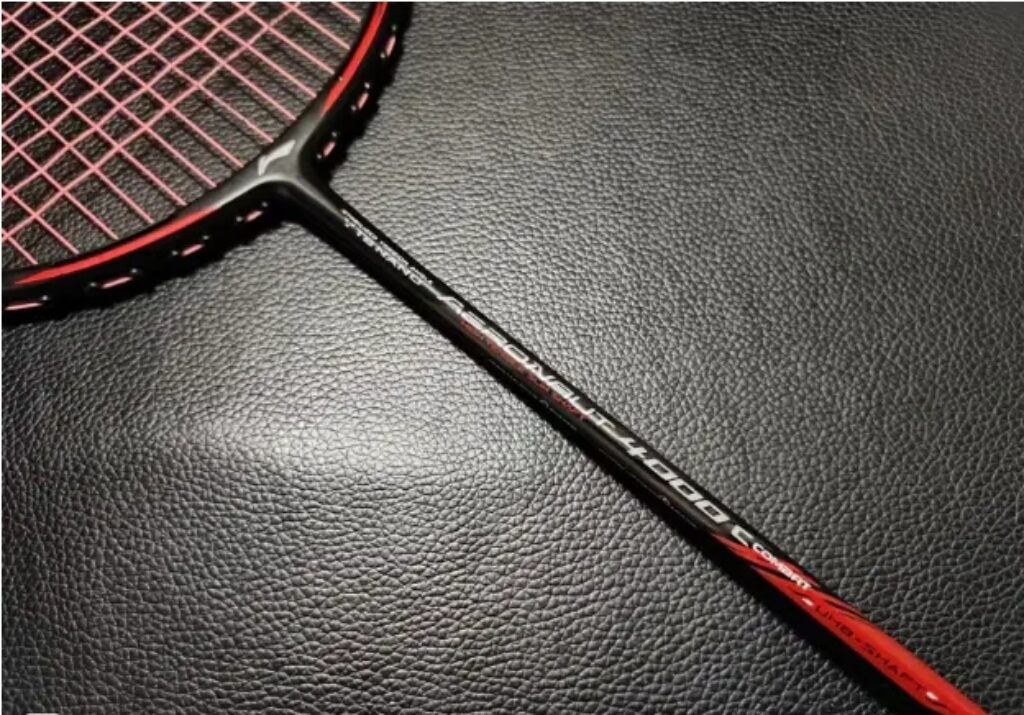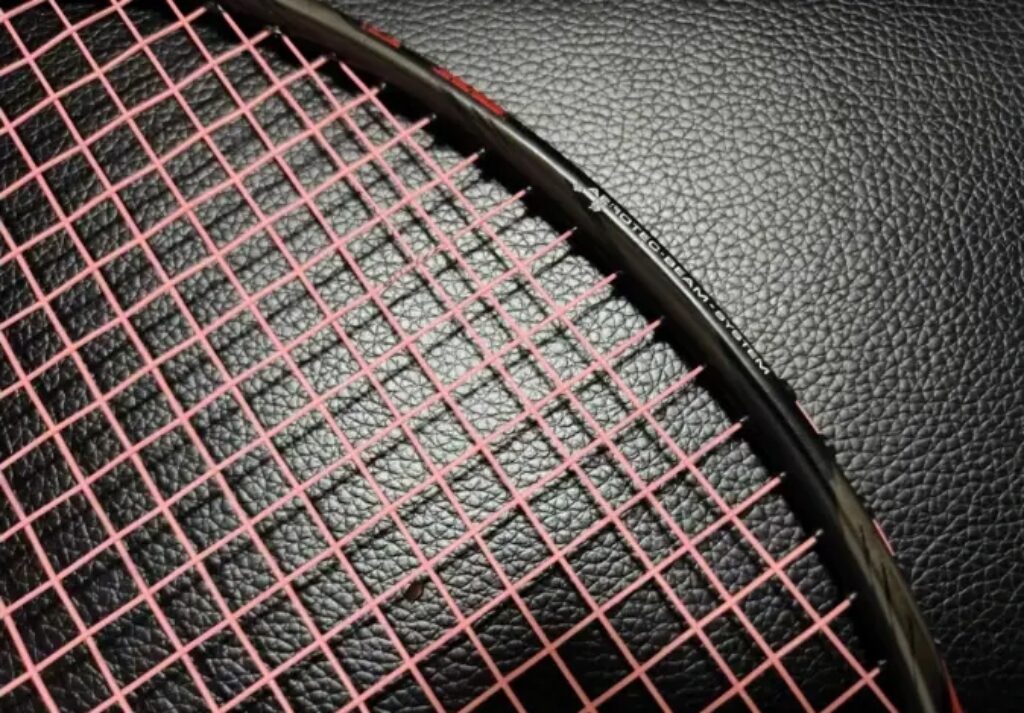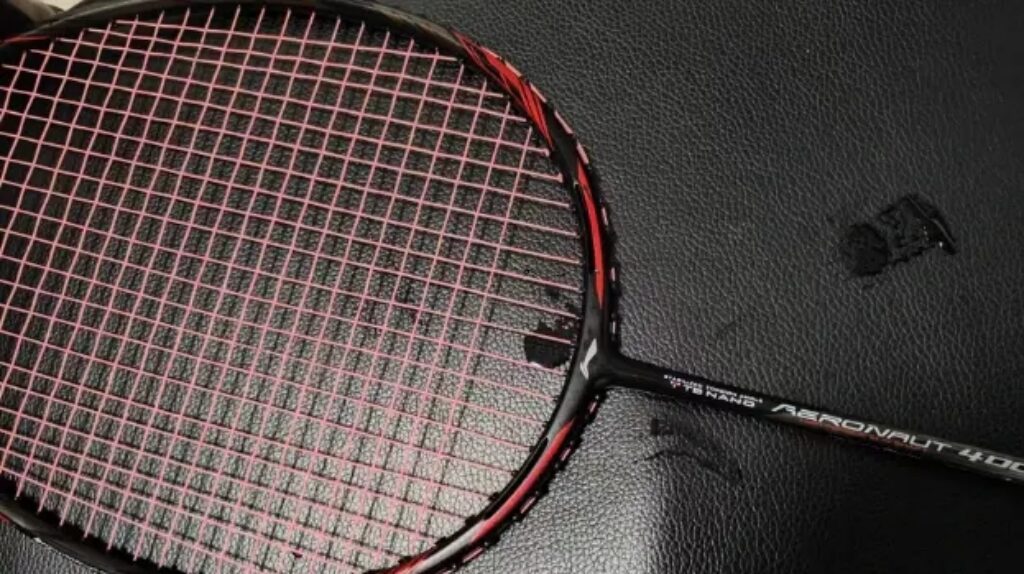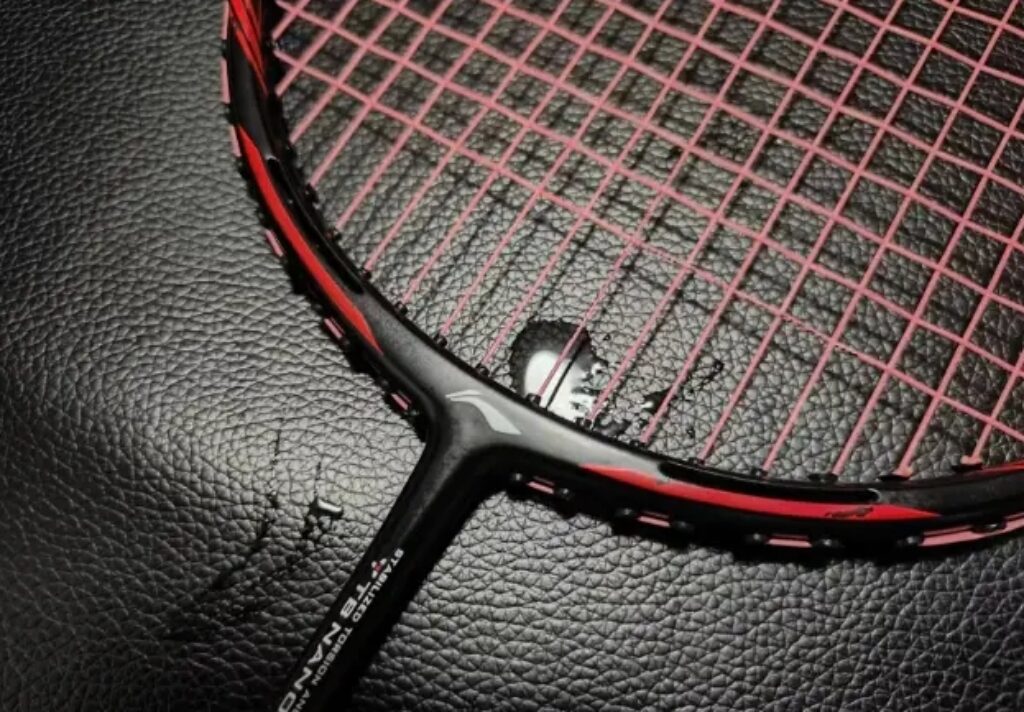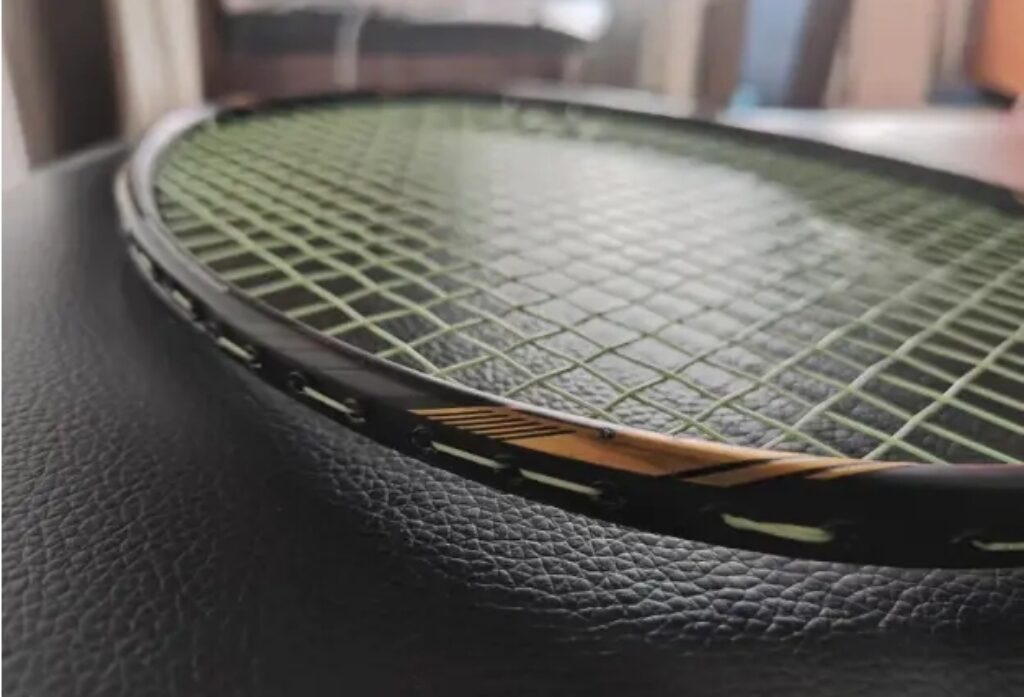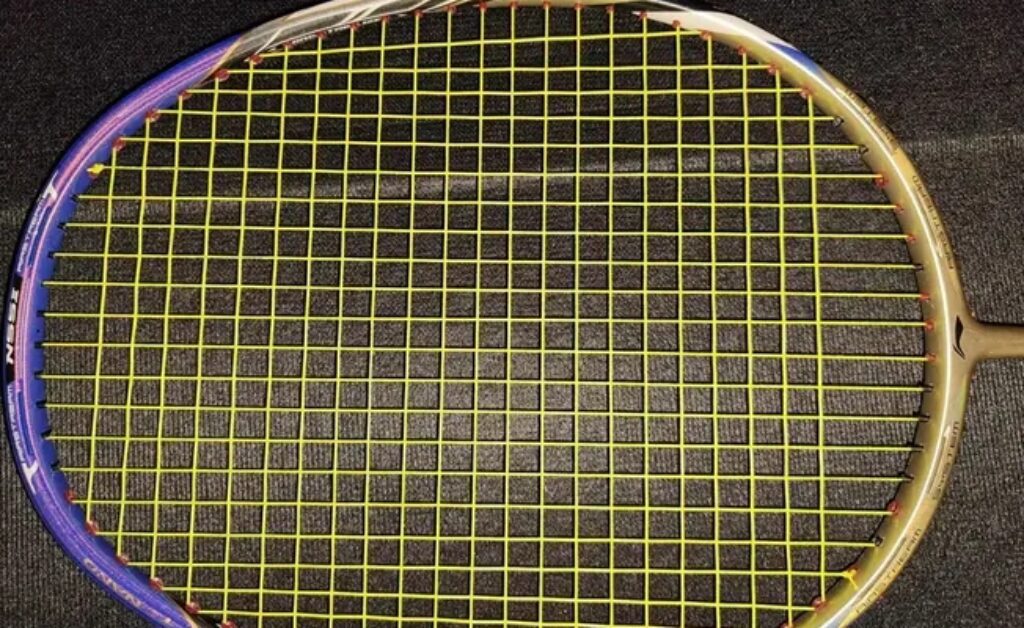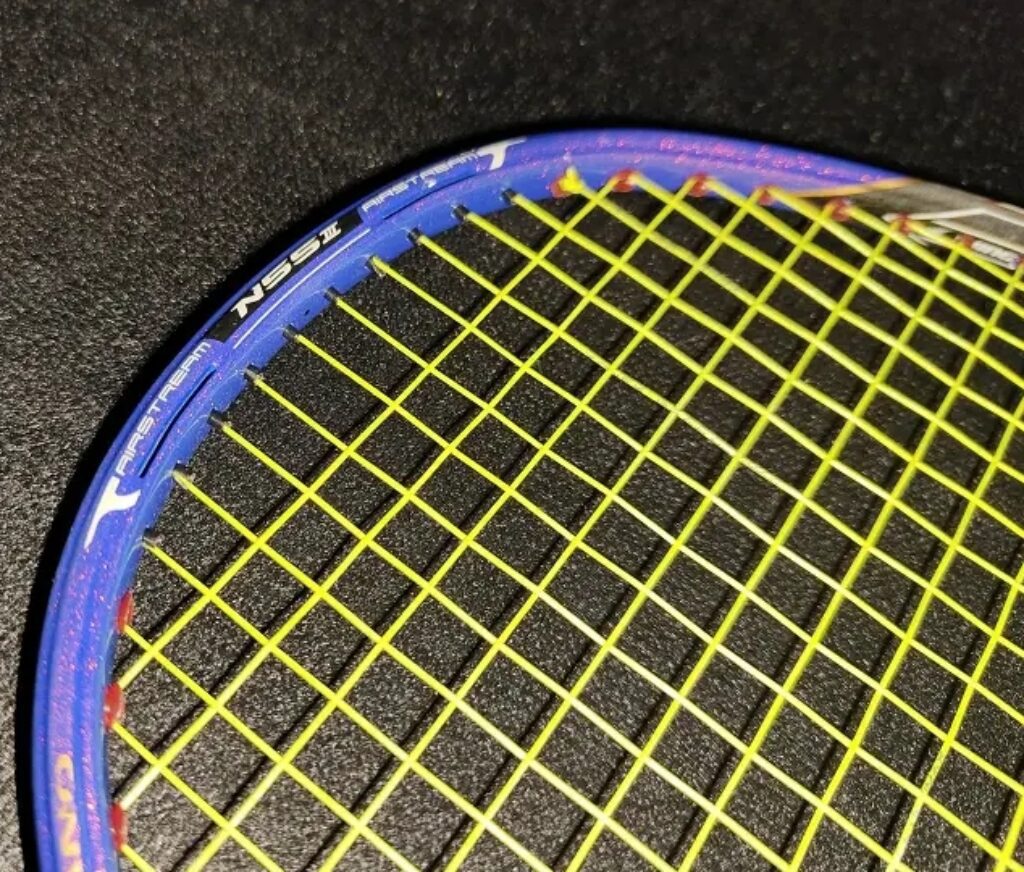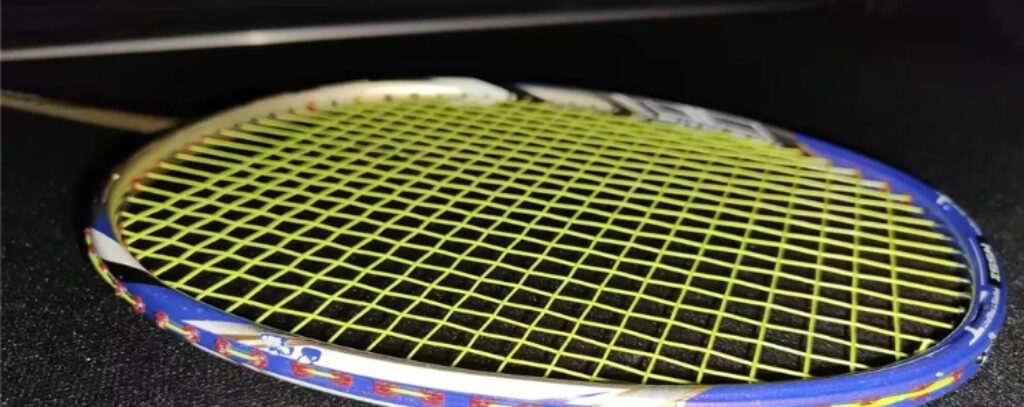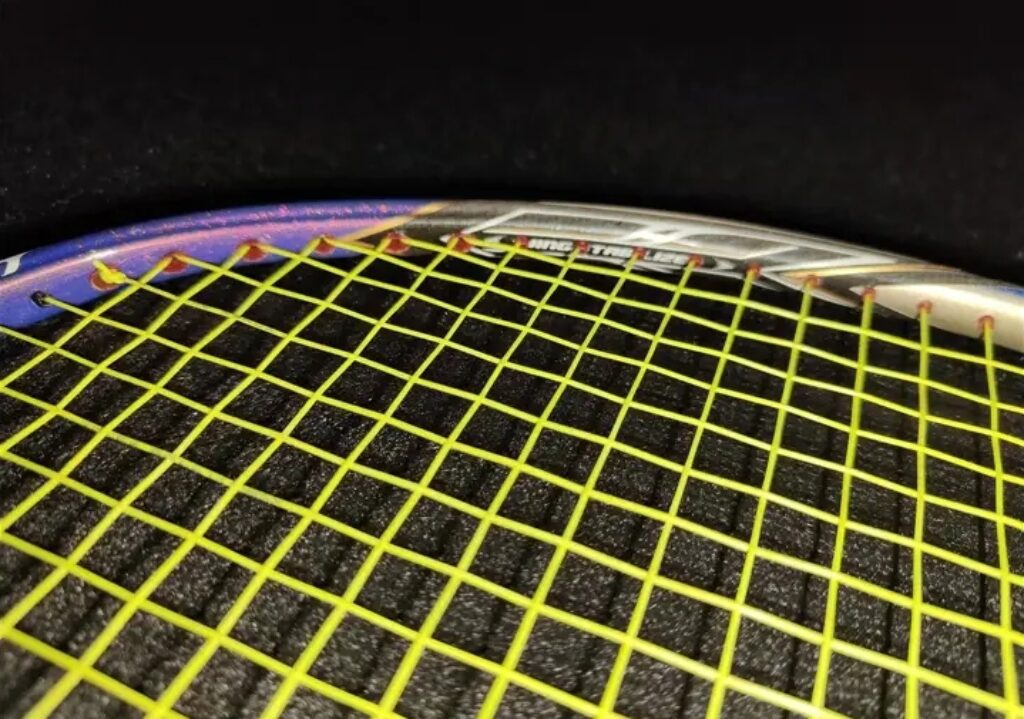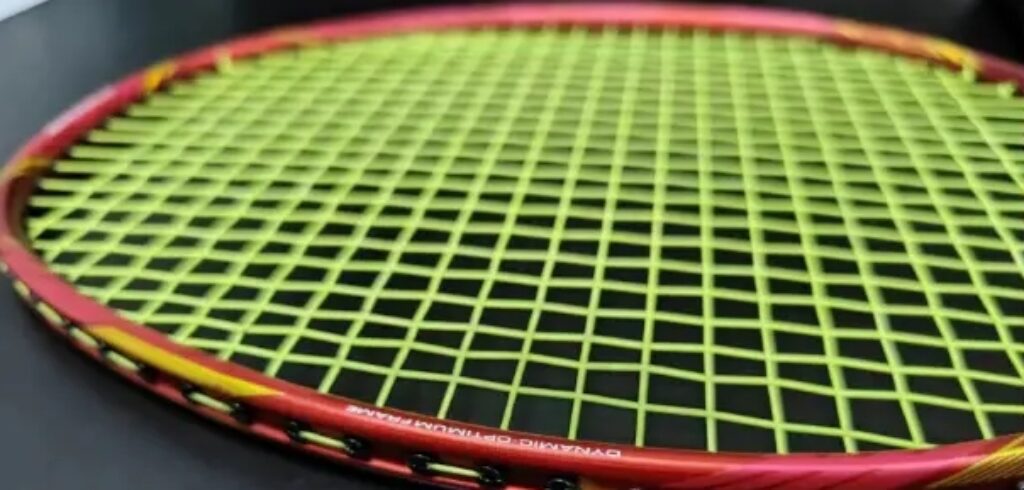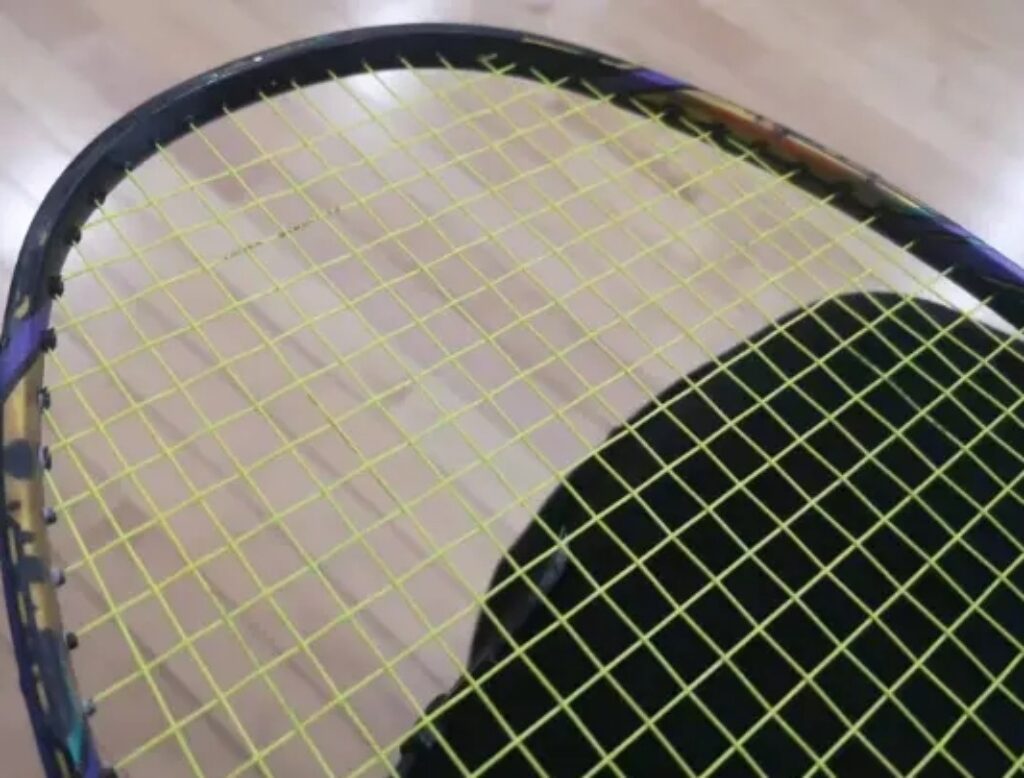In the past two years, Li Ning badminton equipment has seen unprecedented popularity. It was expected to continue its success steadily, but unexpectedly, in mid-April, Li Ning announced: “We are changing our approach!” and immediately introduced new naming conventions for rackets: Energy 75, Wind Blade 900, Wind Storm 7000, DBIC, etc. To be honest, I was quite surprised, as if in a game of Landlord, suddenly two peasants said they could play three with two, while the landlord thought they could only play three with one, holding onto a big king that couldn’t be played…

Still clinging to the old naming conventions, I gripped my N50 I tightly, shouting at those who mocked me in the store: “Do you know that the N501 had several series classification methods!” “What’s wrong with the way the N series changes over time?! The N50 series represents balance! The N55 series represents offense!! N7 & N9 are lucky numbers for the Wind and Cloud combination…”
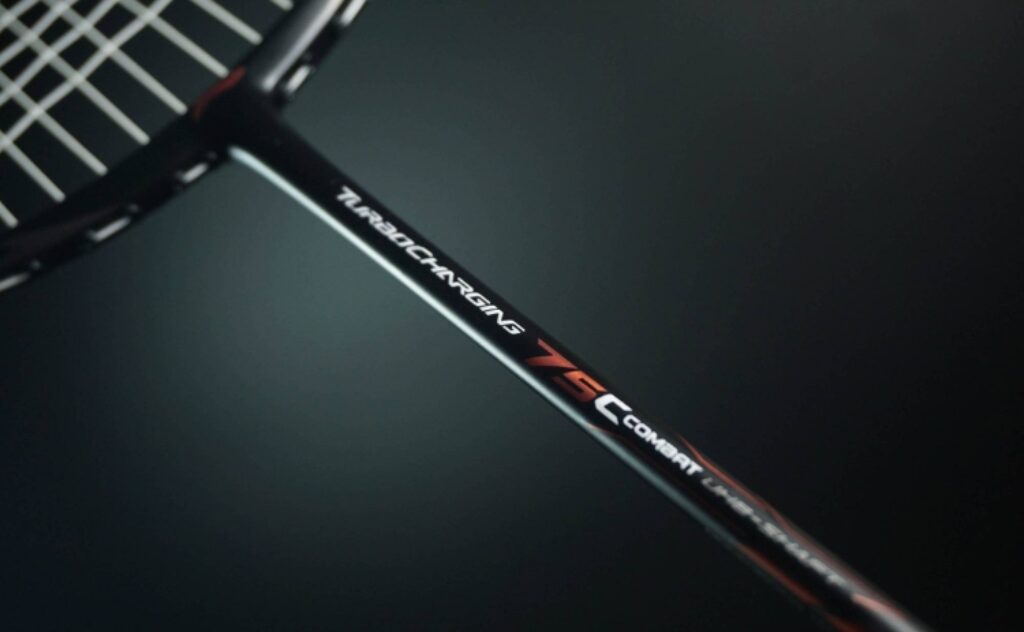
Although the naming conventions of the N series are deeply rooted in badminton stories and many find it hard to part with them quickly, in an environment where racket preferences are becoming increasingly personalized, the non-systematic and non-intuitive naming of the N series largely limits the public’s ability to identify racket features and extend performance. The new rules are inevitable.
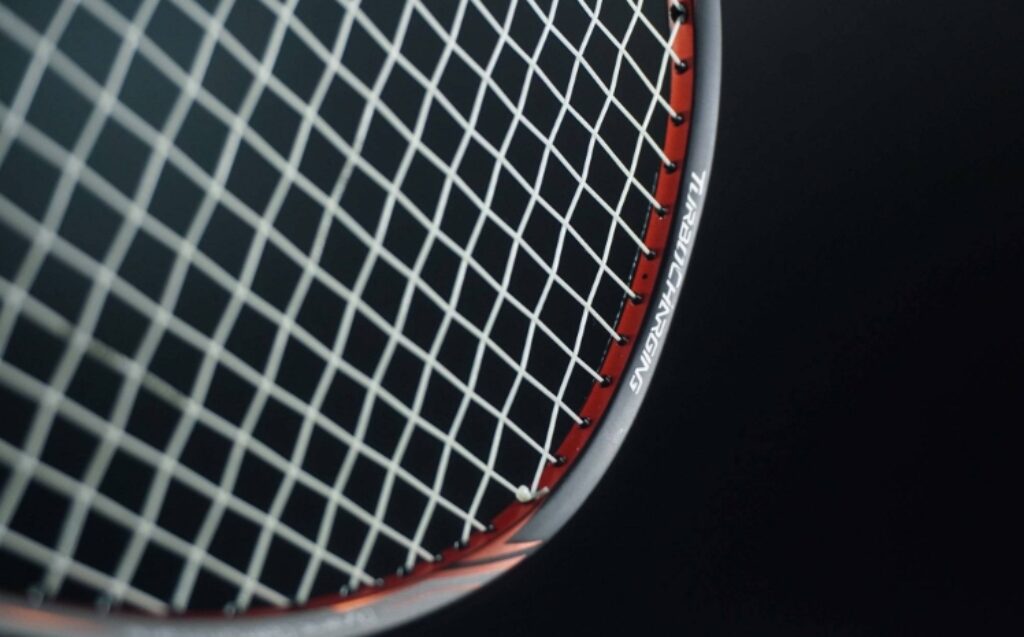
This review focuses on the Energy 75C, an enhanced offensive version of the Energy 75 (N9II) under the new naming rules.
As an offensive-enhanced version of the Energy 75 (N9II), the Energy 75C has a balance point of 306±2mm and an overall weight of 87±1g. These parameters place it among the heaviest rackets in Li Ning’s lineup, only behind the N553 and N901. Fortunately, the shaft hardness is relatively soft, and the frame hardness is also soft, so despite the high weight, the Energy 75C is not too taxing on the wrist. I paired it with Li Ning No. 1 string for its crisp sound and the soft GP2000 grip. However, based on the usage experience, Li Ning No. 5 string might be more suitable for the Energy 75C, though it depends on personal preferences.
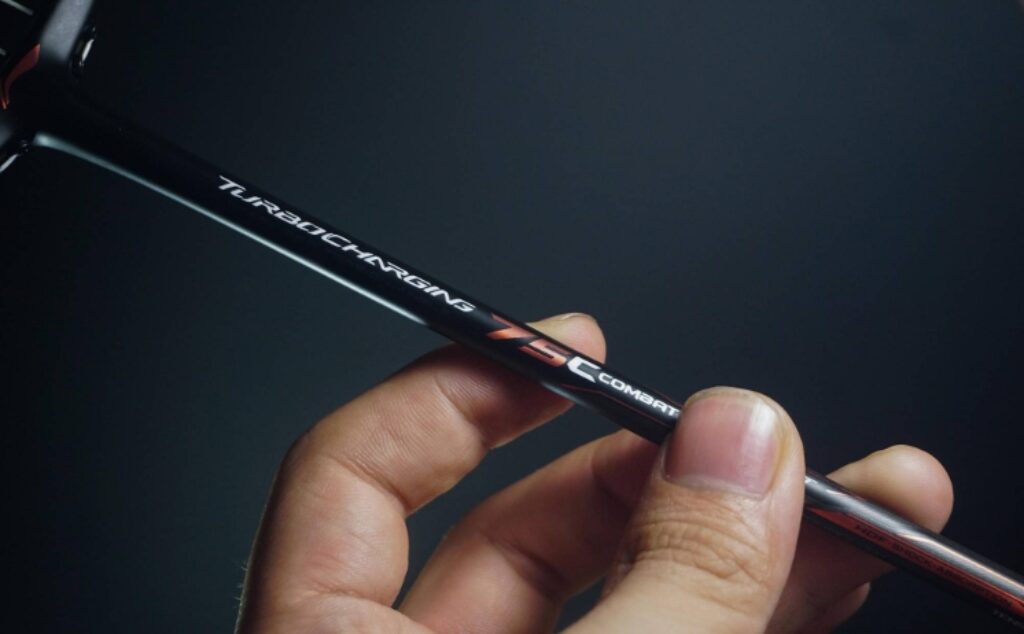
Since the release of Li Ning’s second-generation rackets in 2010, the paint job and craftsmanship have been industry benchmarks, meticulously detailed. Unlike the bold and novel designs of the Energy 75 (N9II), the Energy 75C features a very understated paint style. The combination of bronze and matte black appears mature and steady. With the higher weight and balance parameters, it feels solid in hand. Moreover, the large bronze-colored foil on the inside of the frame, when held, subtly reflects light, creating a refined yet unassuming look.
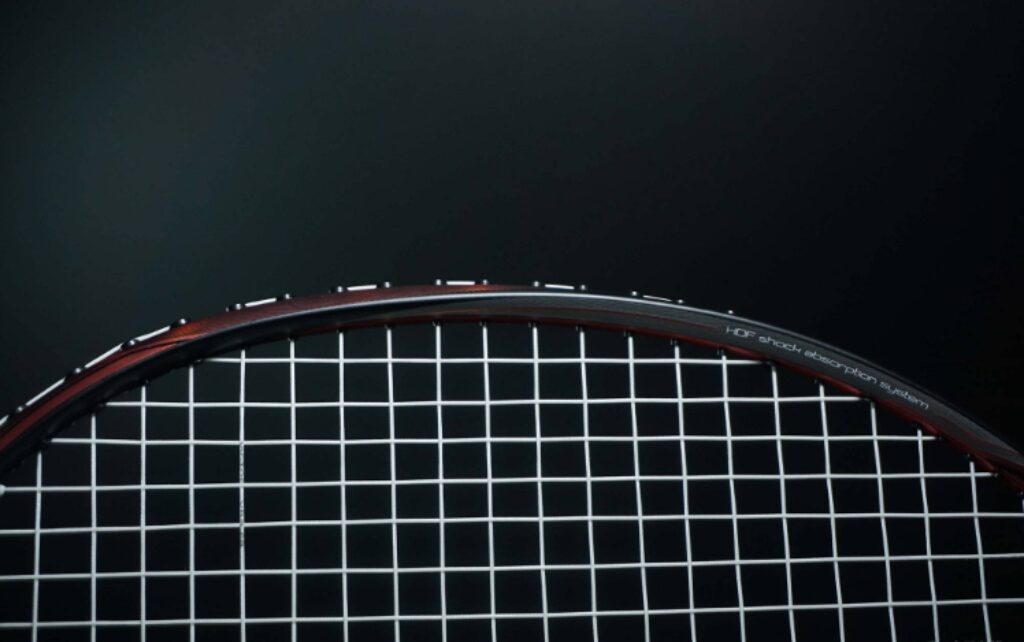
Li Ning rackets have long emphasized overall feel rather than just elasticity. Specifically, when hitting hard, even with a flexible shaft and heavy head, the racket does not feel sluggish due to excessive deformation of the shaft; likewise, a stiff shaft and light head do not feel awkward due to insufficient deformation. The Energy 75C has a heavier head and a softer shaft, allowing you to feel the shaft bend during smashes, but it quickly recovers without a significant sense of drag. Due to the soft frame and shaft, the Energy 75C requires precise power application for smashes; hurried strokes may feel somewhat sticky, but a complete motion delivers powerful results.
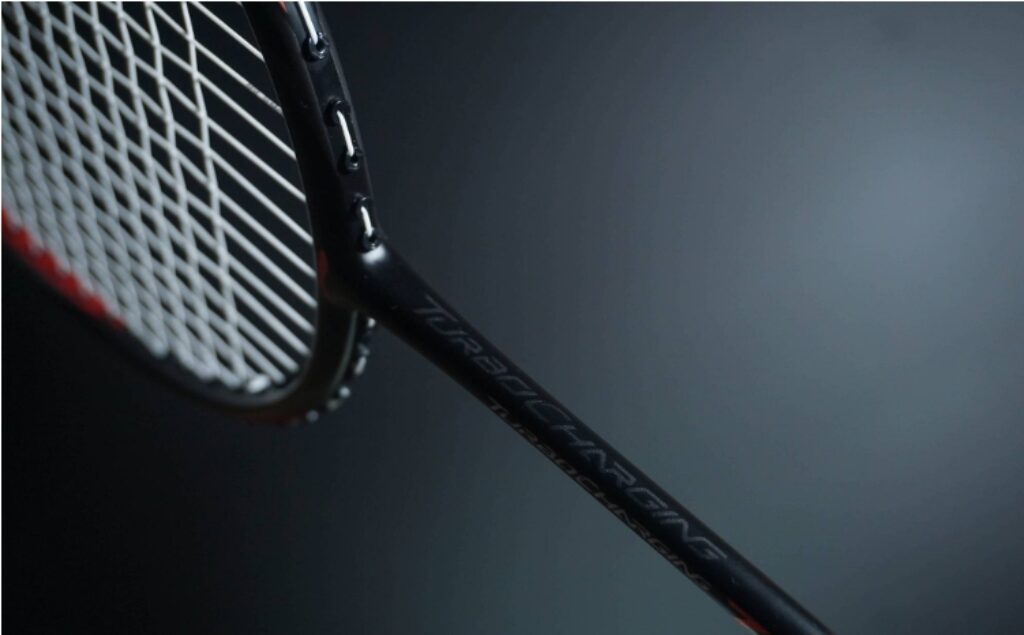
The Energy 75C’s frame has an internal and external rotational process, supposedly to increase momentum. In my view, this mainly improves the ball’s stay on the frame, effectively wrapping the ball, increasing the power application time, and enhancing the impact force. This wrapping feeling also contributes to a better downward pressure, making the attack smoother. A strong downward pressure and ample wrapping are crucial for powerful and sharp smashes; insufficient downward pressure may result in longer smash trajectories, reducing offensive threat, while too little wrapping may decrease the load time, affecting power transfer and causing fatigue. This explains why Bao Ge prefers rackets with “soft frame + soft shaft.”
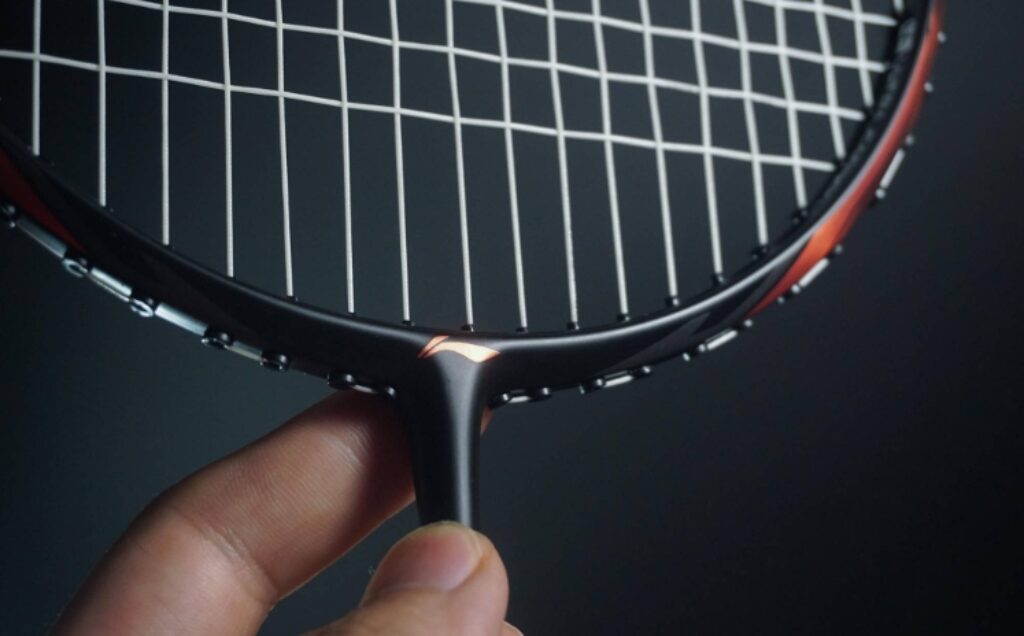
In terms of control, the Energy 75C provides strong wrapping around the ball. While it may not be as precise as rackets with a crisp feel and clear feedback, the substantial wrapping offers high forgiveness. Adjusting the shot’s timing with the frame’s wrapping can achieve good control. The only drawback is that due to its overall weight, the Energy 75C may not be as nimble in the front court, and its strengths and weaknesses can only be refined or compensated for with technique.
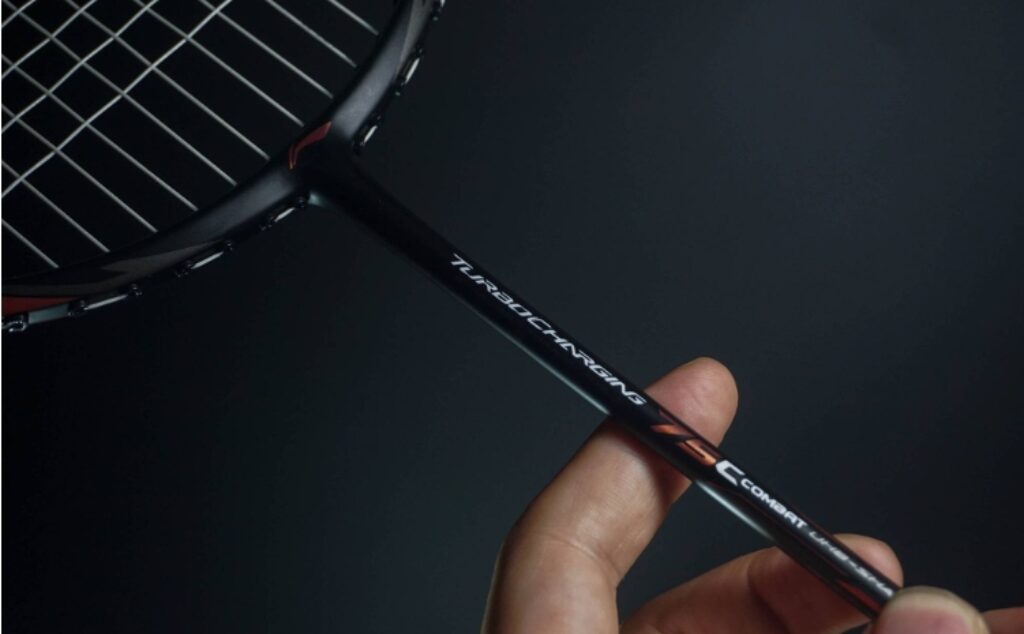
Speed is a shortcoming of the Energy 75C. The high balance parameter means that agility and swing speed are somewhat inferior compared to the Energy 75 (N9II). Additionally, with the soft frame and shaft, the racket feels a bit sluggish. However, due to its soft shaft and large hitting surface, the Energy 75C performs much better in defensive situations against smashes compared to similar balance rackets, effectively utilizing the head’s inertia and the shaft’s elasticity.
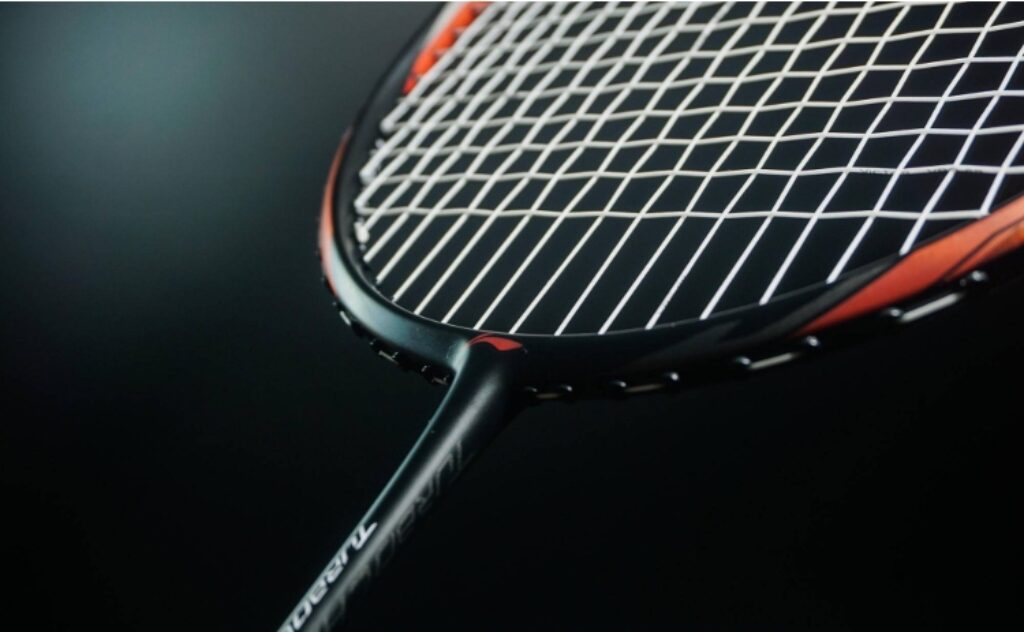
As an offensive extension of the Energy 75 (N9II), the Energy 75C features higher balance parameters and stronger downward pressure while retaining the soft frame and shaft properties. It is ideal for players who appreciate the Energy 75 but prefer a more offensive approach. The Energy 75 series includes several similar-feeling rackets with different balance parameters, and amateur players’ conditions and events are often unstable. Swapping rackets based on the situation is like strategizing in a game, adding a unique charm, and perhaps that’s the essence of performance extensions.







